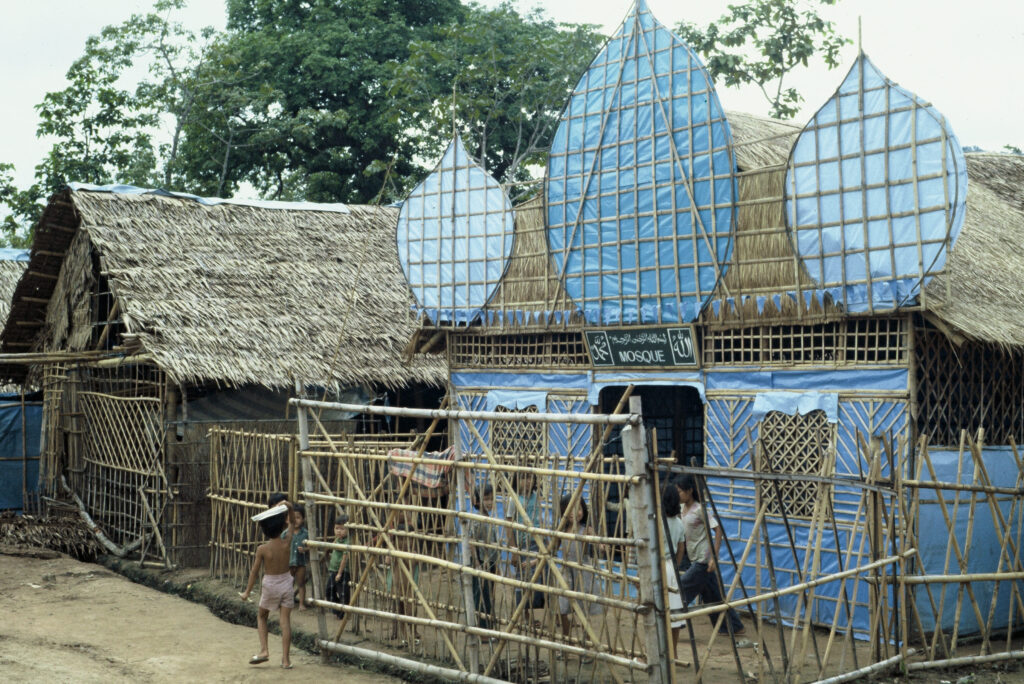SAMPLE: Hmong Migrations
1. Hmong migration 1700s - Onward
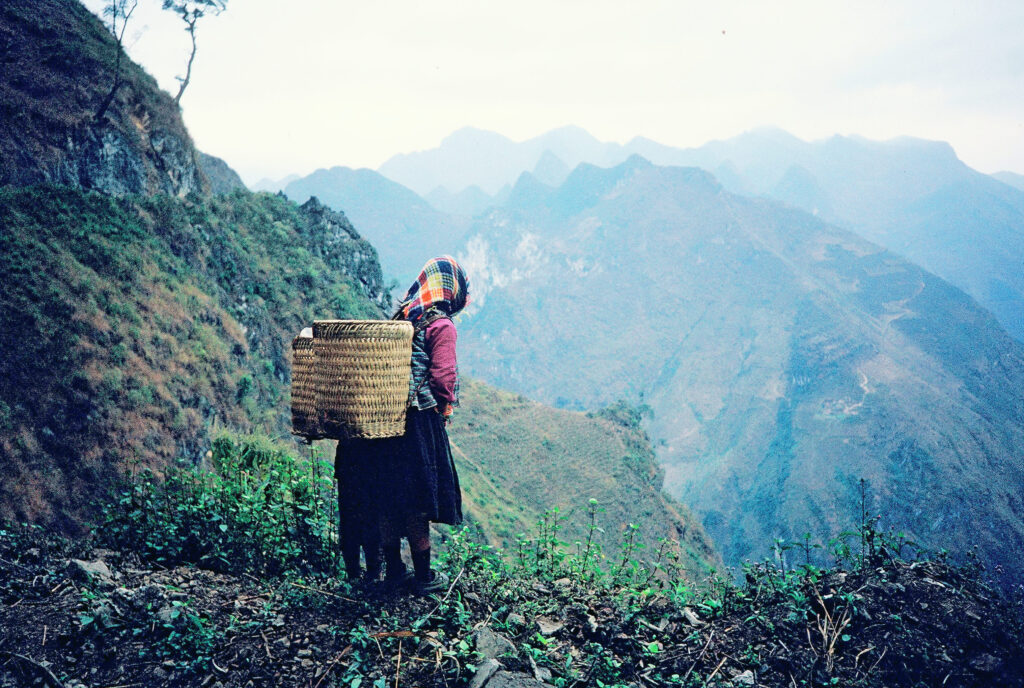
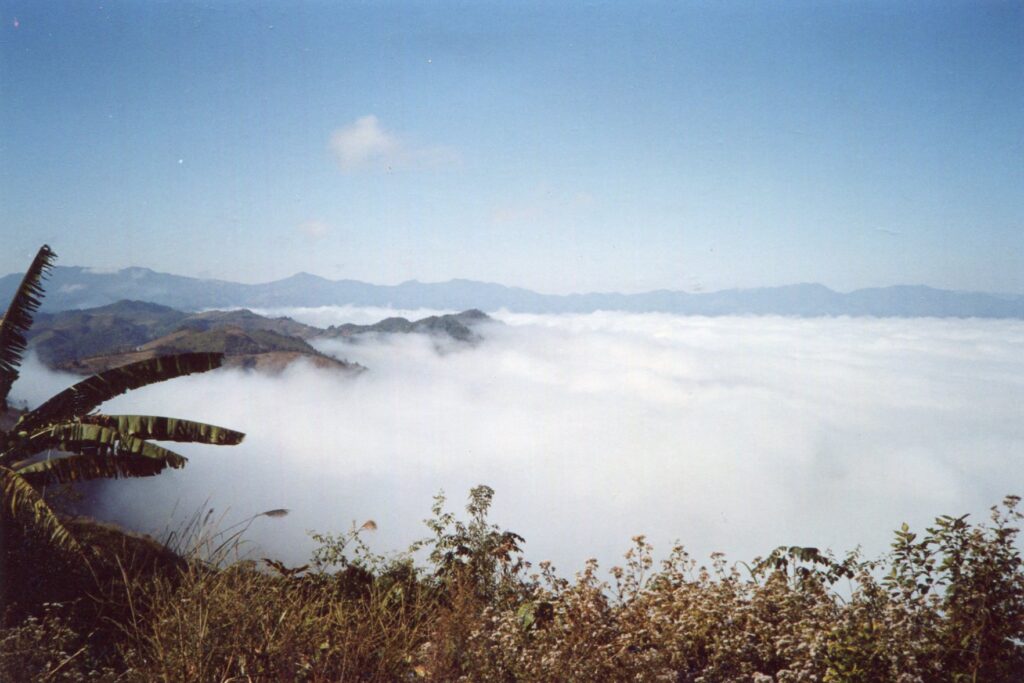
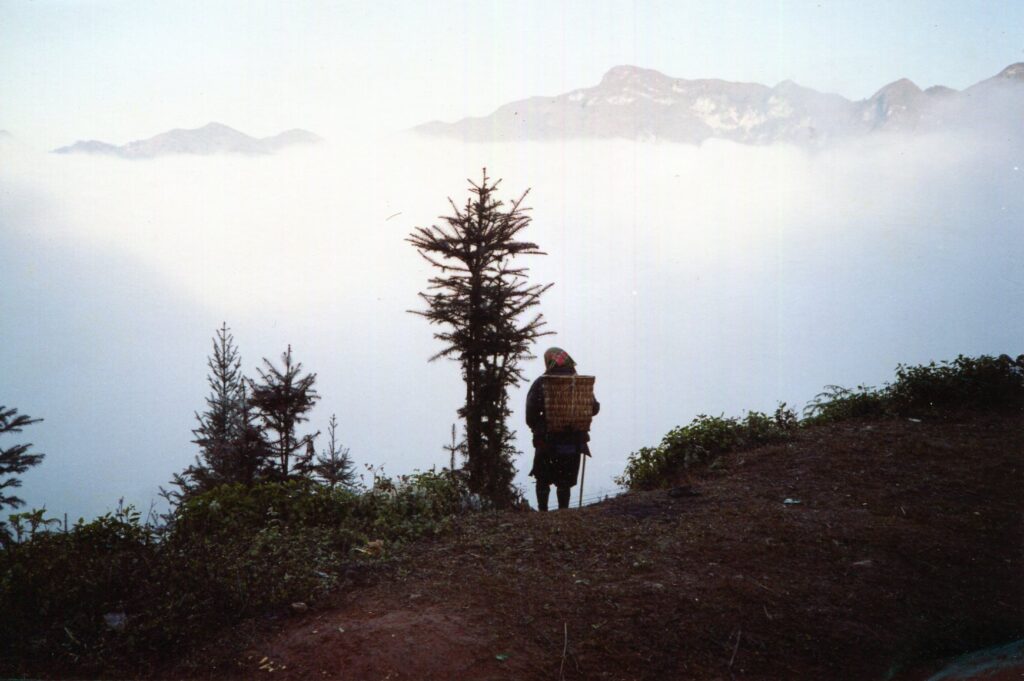
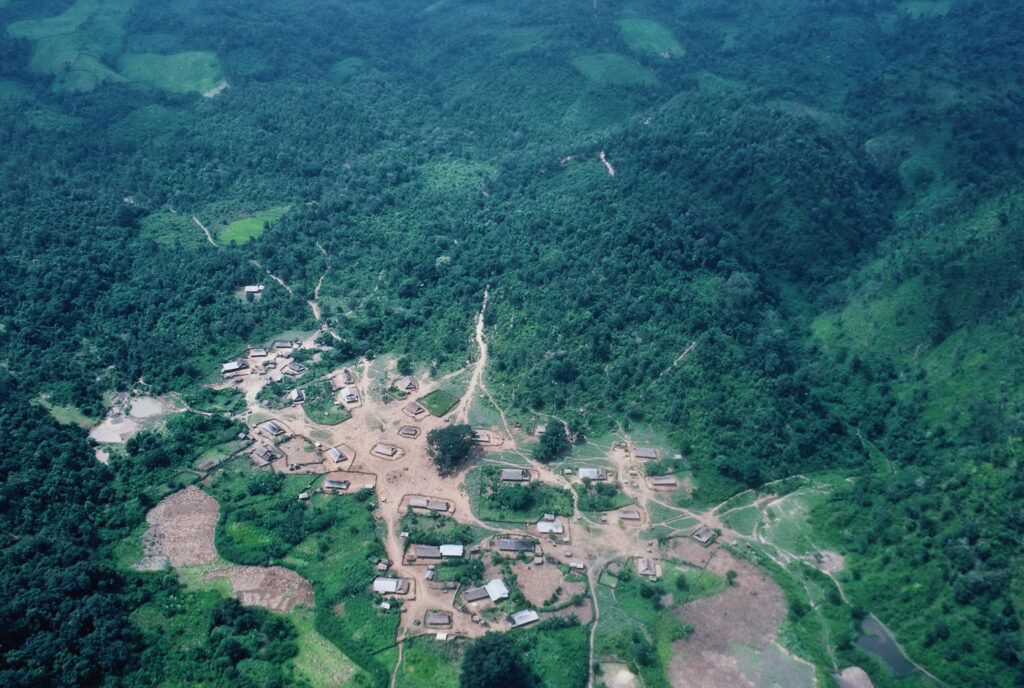
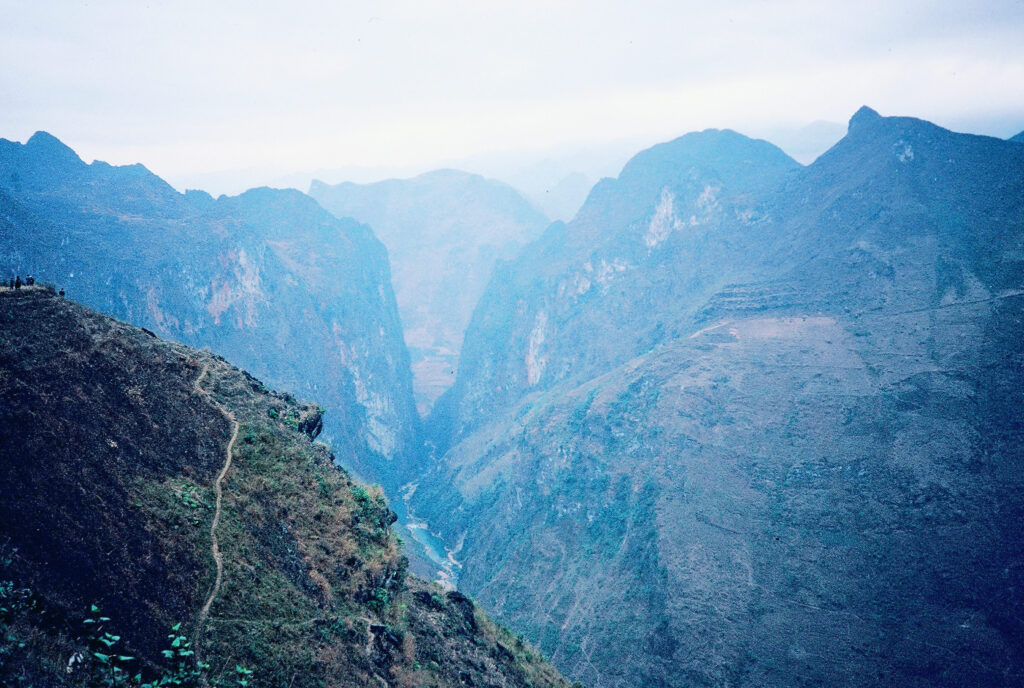
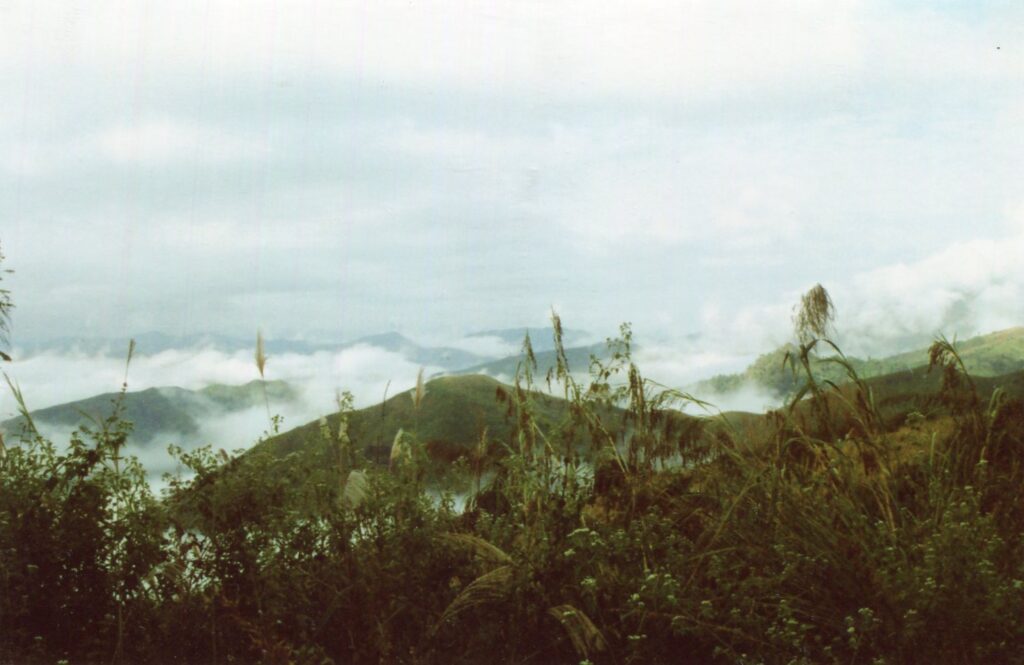
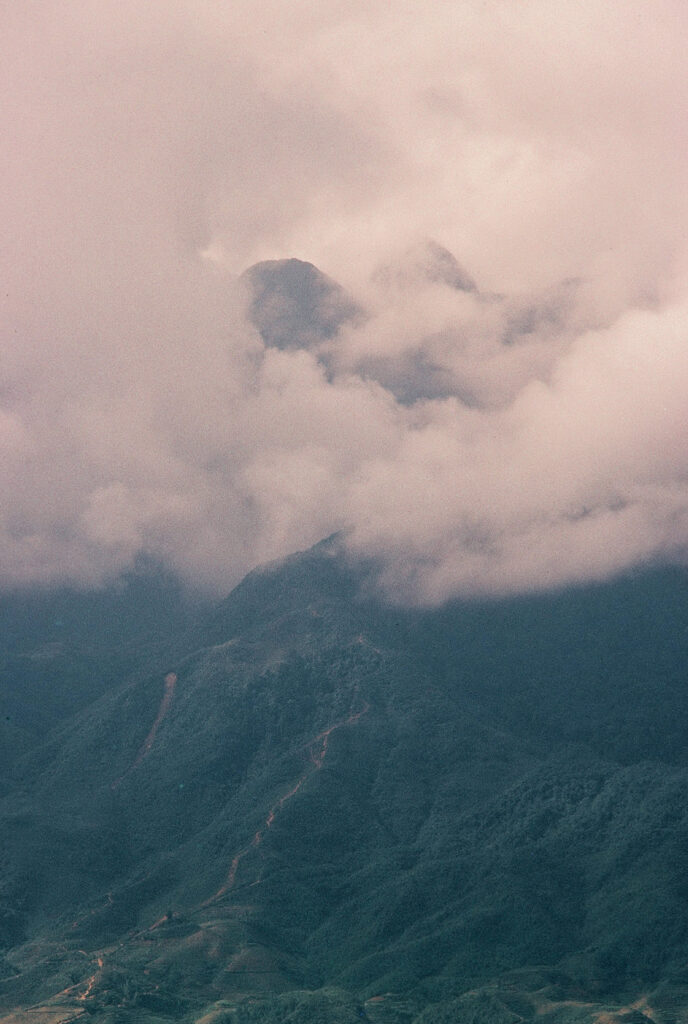
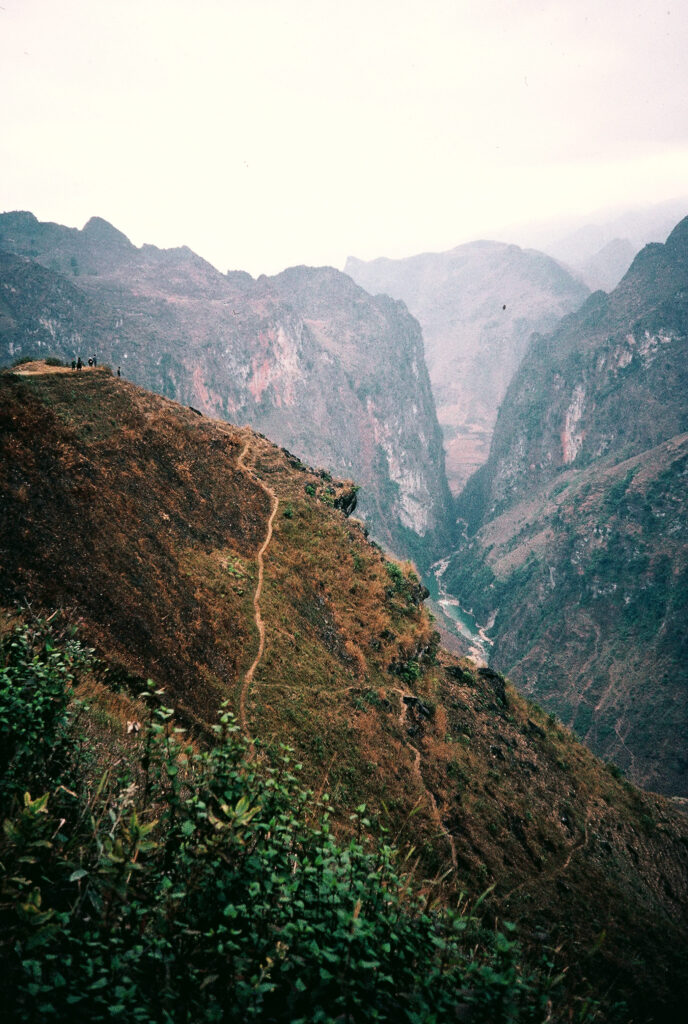
These are the mountain passes and valleys through which the Hmong migrated from China into Southeast Asia, in the 1800s and possibly the late 1700s.
Foot trails up the mountain slopes into the clouds, lead to Hmong villages at the highest elevations.
2. Background: French and U.S. Intrusion in Indochina 1800s
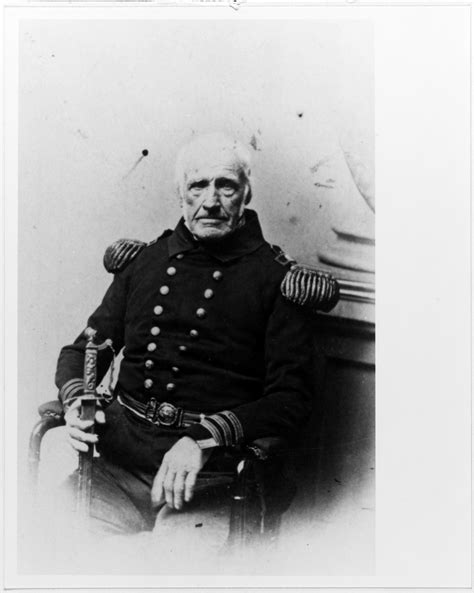
Mad Jack Percival Captain USS Constitution
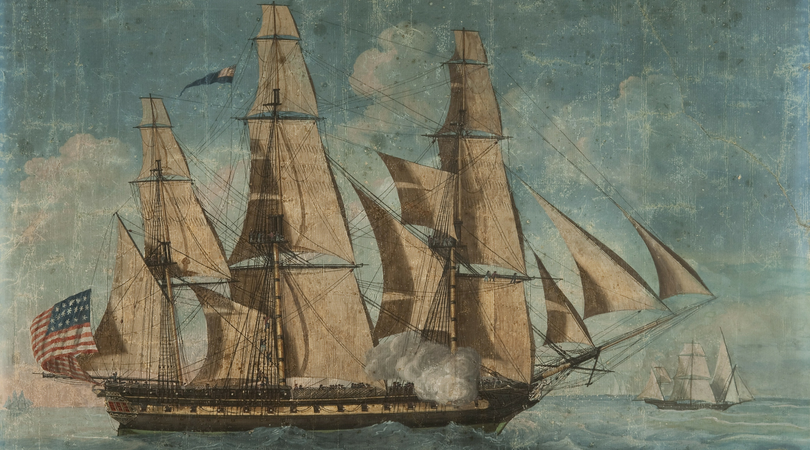
USS Constitution, first U.S. visit to Viet Nam, 1845
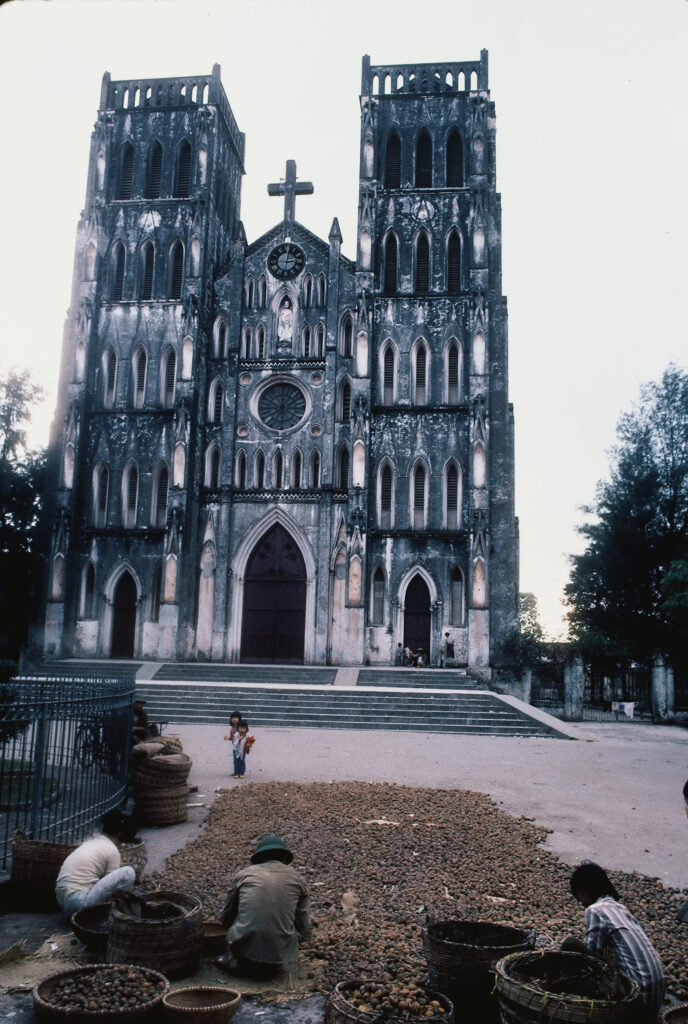
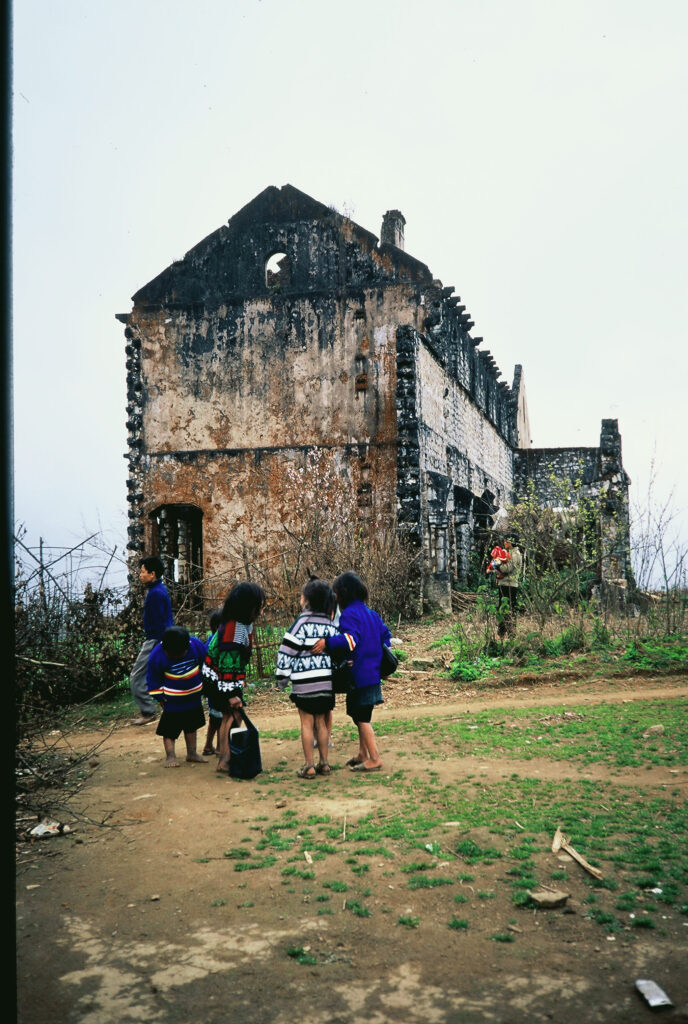
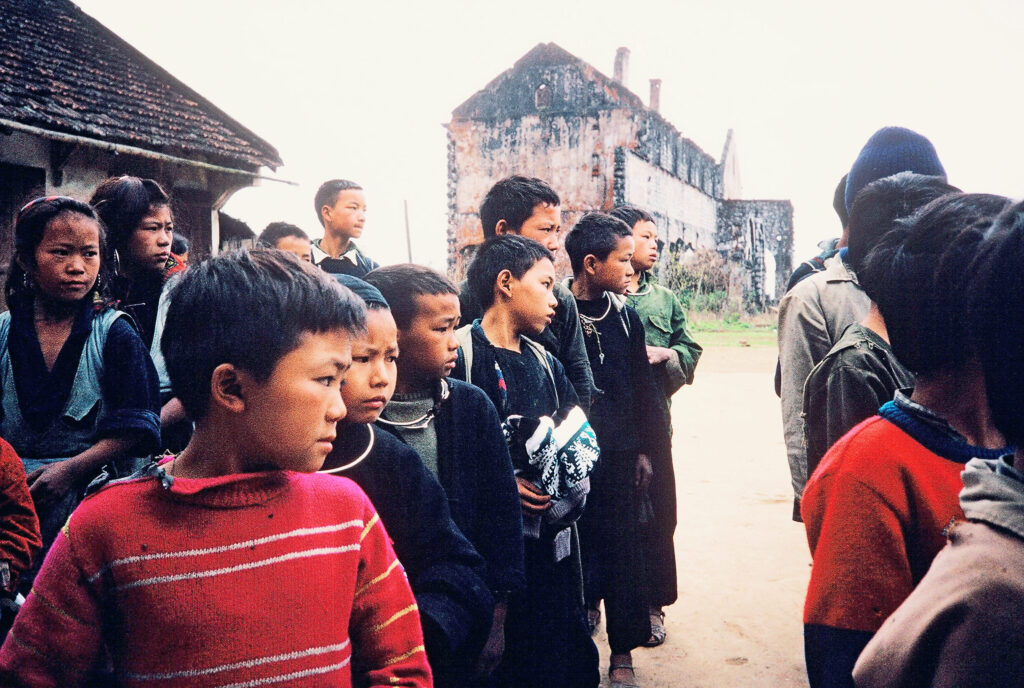
Remnants of French Colonial churches in Ha Noi and in far northern Viet Nam.
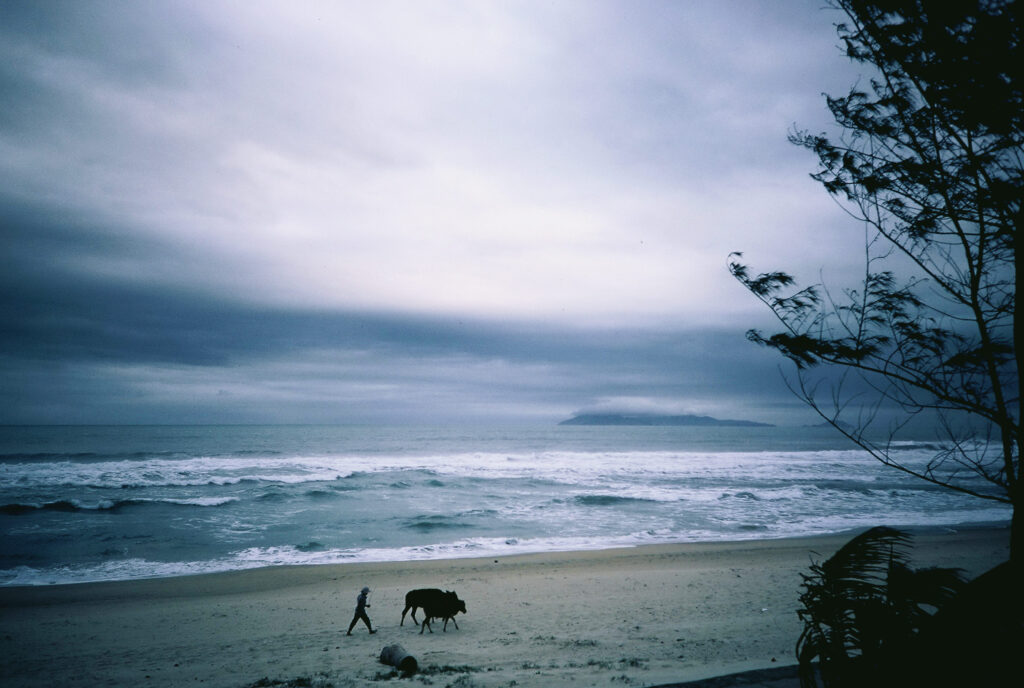
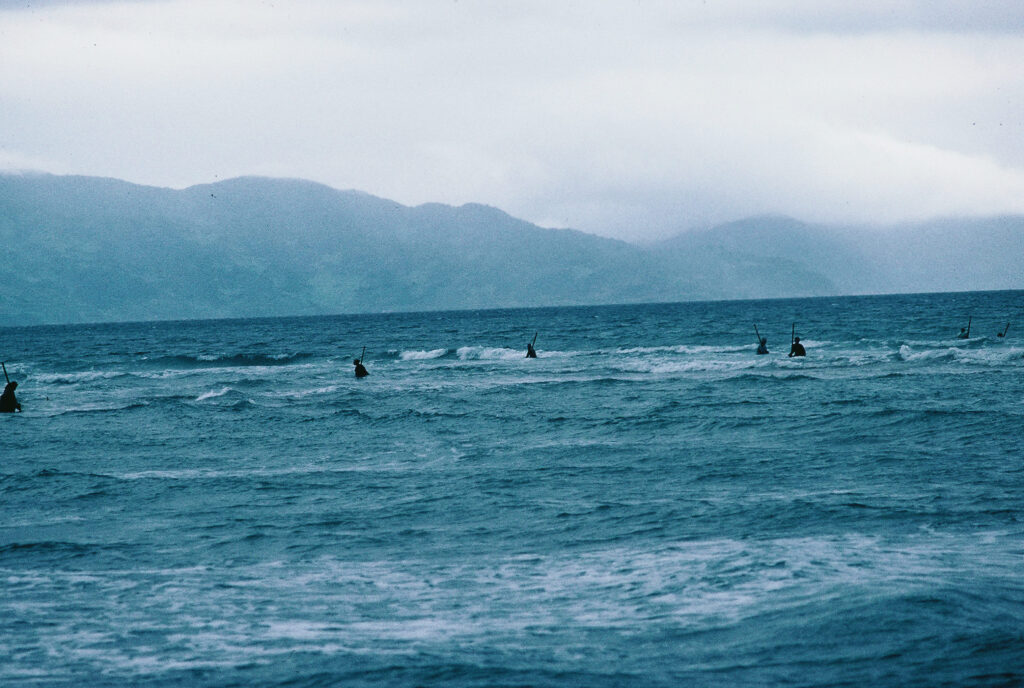
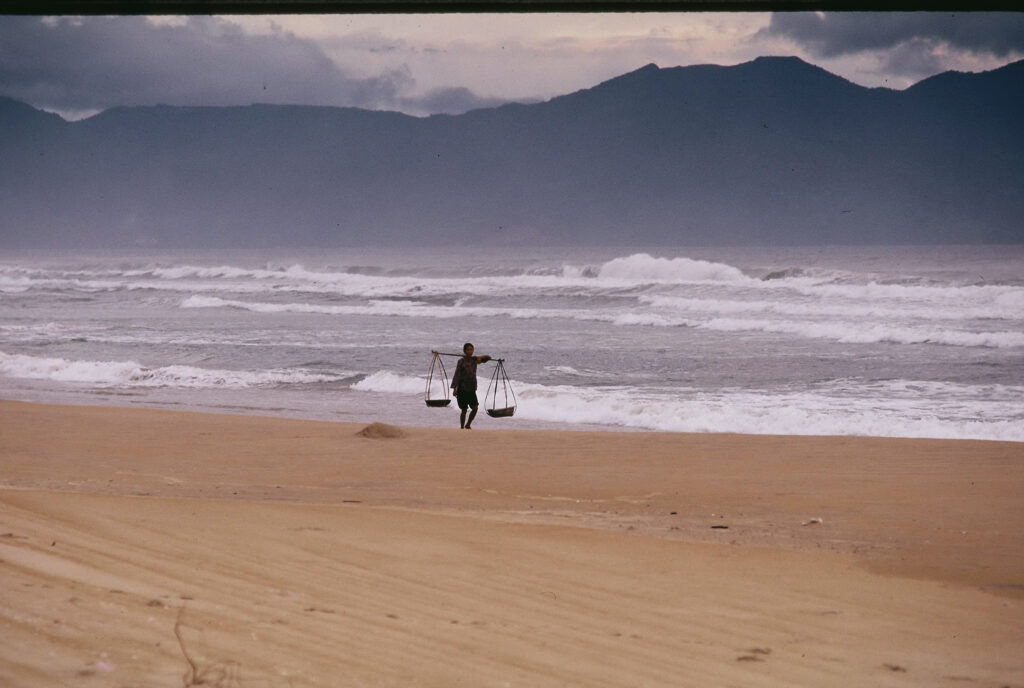
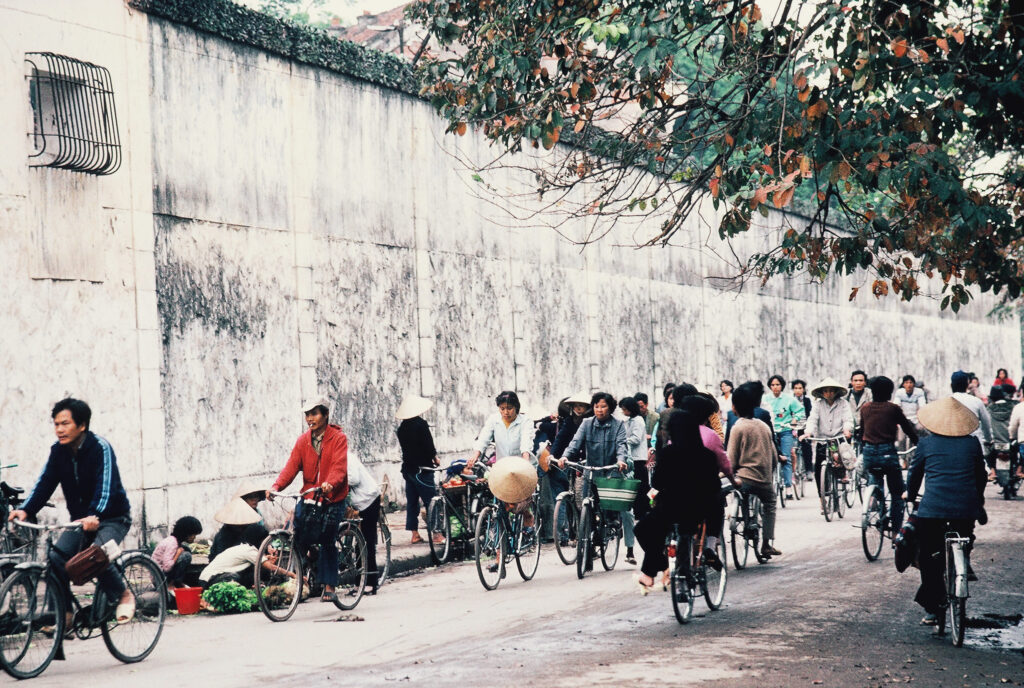
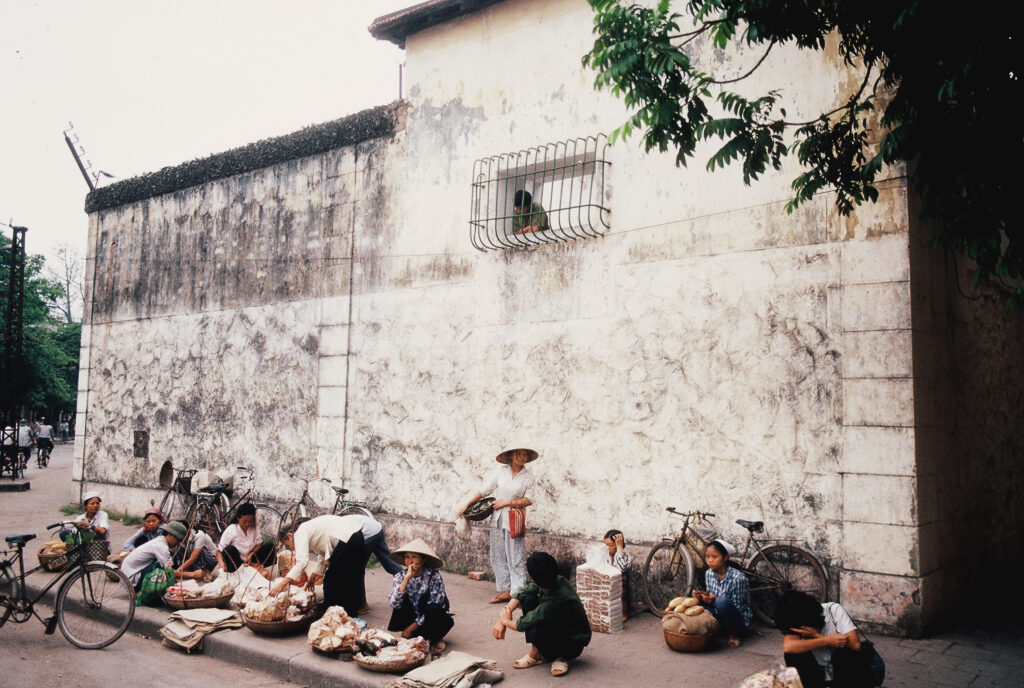
The coast of central Viet Nam where the first Americans landed in 1845, and where 120 years later US Marines landed at the beginning of the American War.
Hoa Lo Prison in Ha Noi, where U.S pilots were held for many years in the 1960s-70s after being shot down while bombing North Viet Nam. It was dubbed the Hanoi Hilton by prisoners, and was originally built by the French to house Vietnamese prisoners at the end of the 19th century.
SAMPLE: Wars
1. 1954 - Dien Bien Phu, the end of the French War
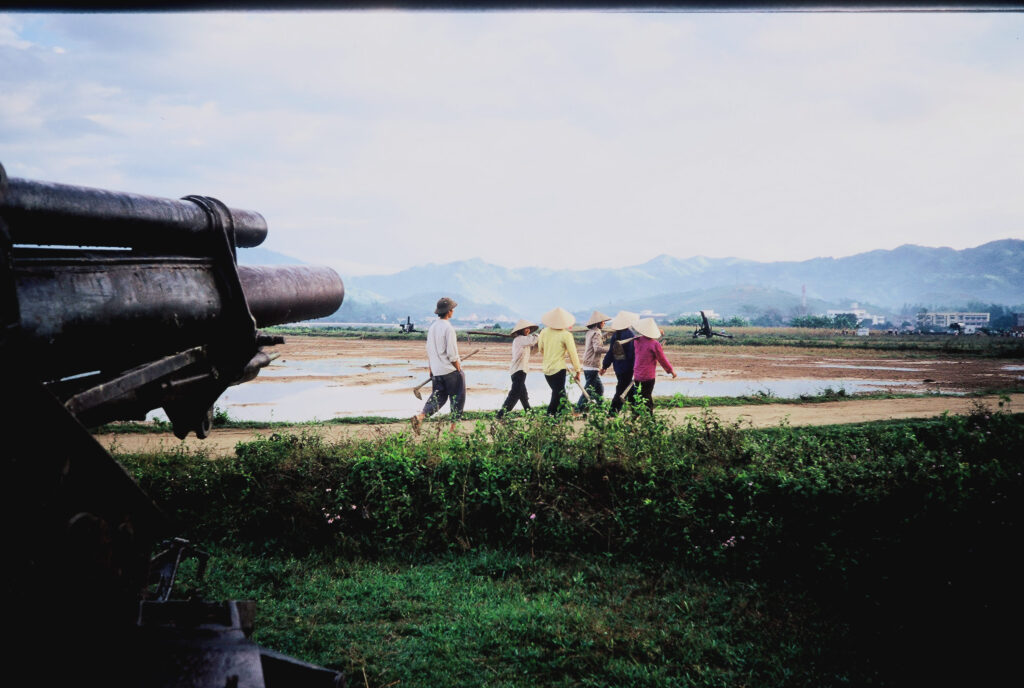


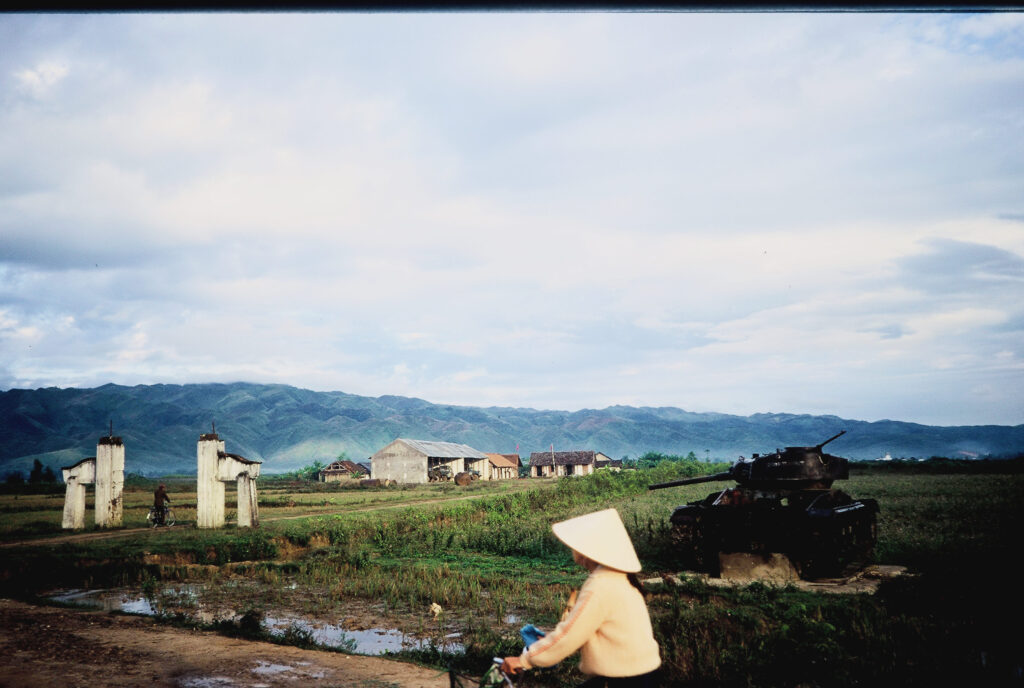
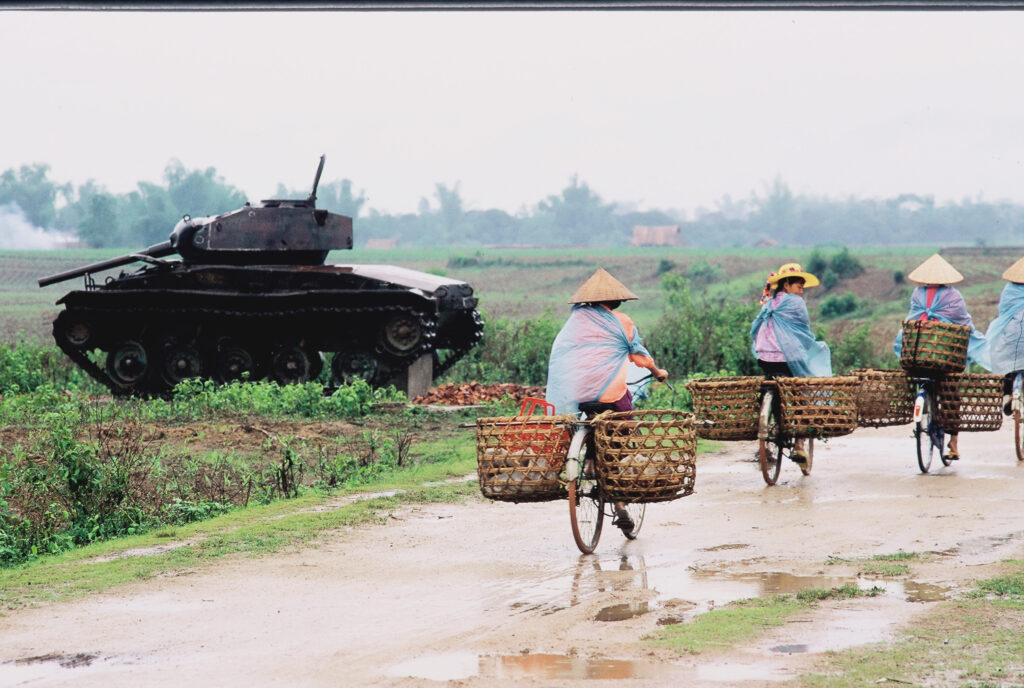
The battlefield at Dien Bien Phu, in northwestern Viet Nam, where the Viet Minh defeated the French forces in 1954, ending their colonial rule. The tanks and weaponry seen here were supplied by the U.S.
Our overall narrative will begin here and end here, as we are actively working in this province today and will include images from today as well as decades ago.
2. 1964 - Gulf of Tonkin, the beginning of the American War
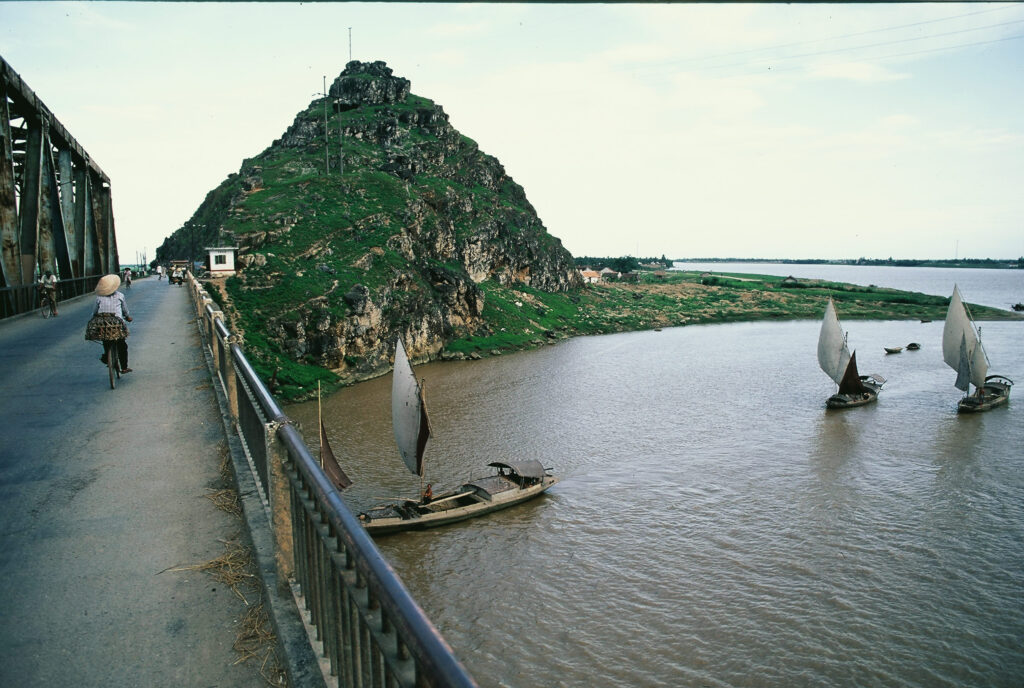
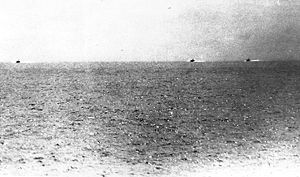


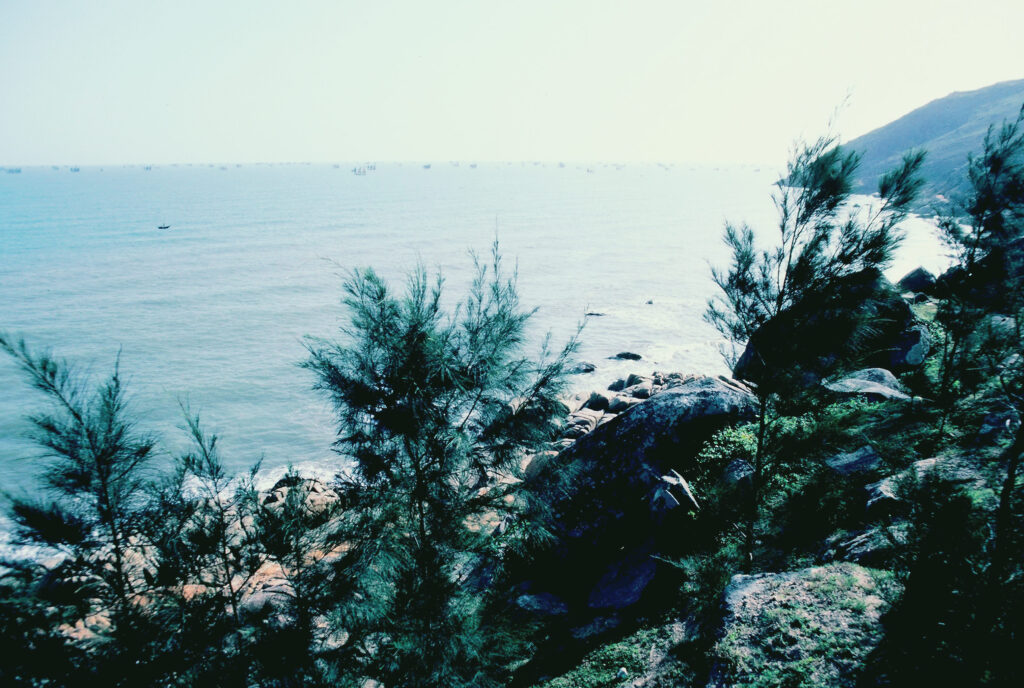
The American War, as it has always been called in Viet Nam, began just out beyond these fishing boats, in early August, 1964, in the Gulf of Tonkin.
These photos are from Thanh Hoa Province. The bridge in the first image was the most heavily bombed bridge by the US in the American War.
3. U.S. war in Viet Nam / aftermath
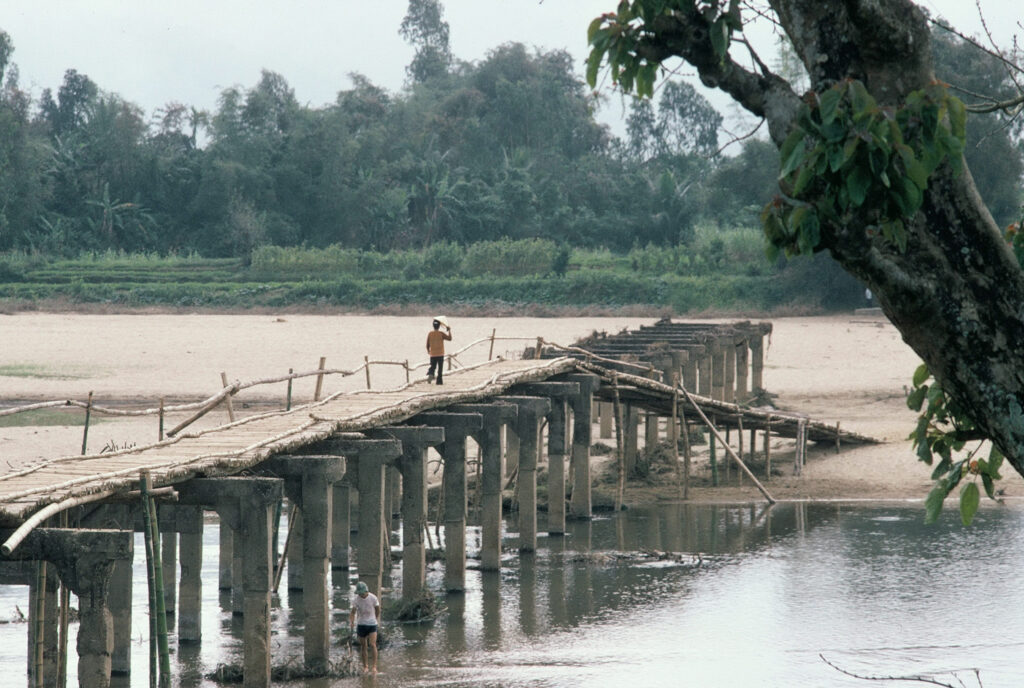
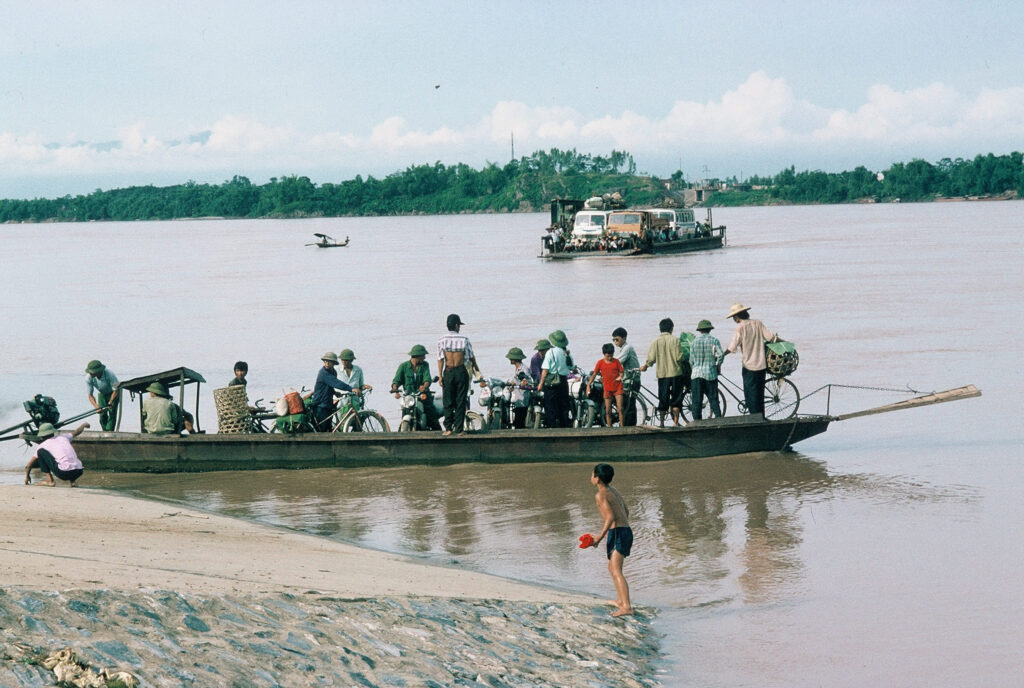
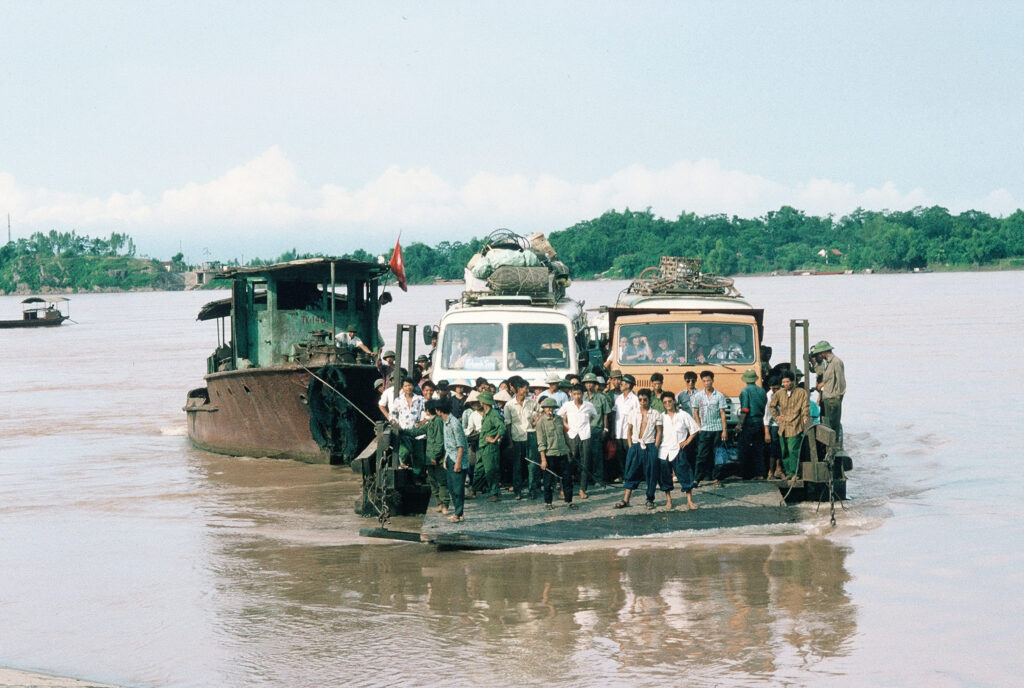

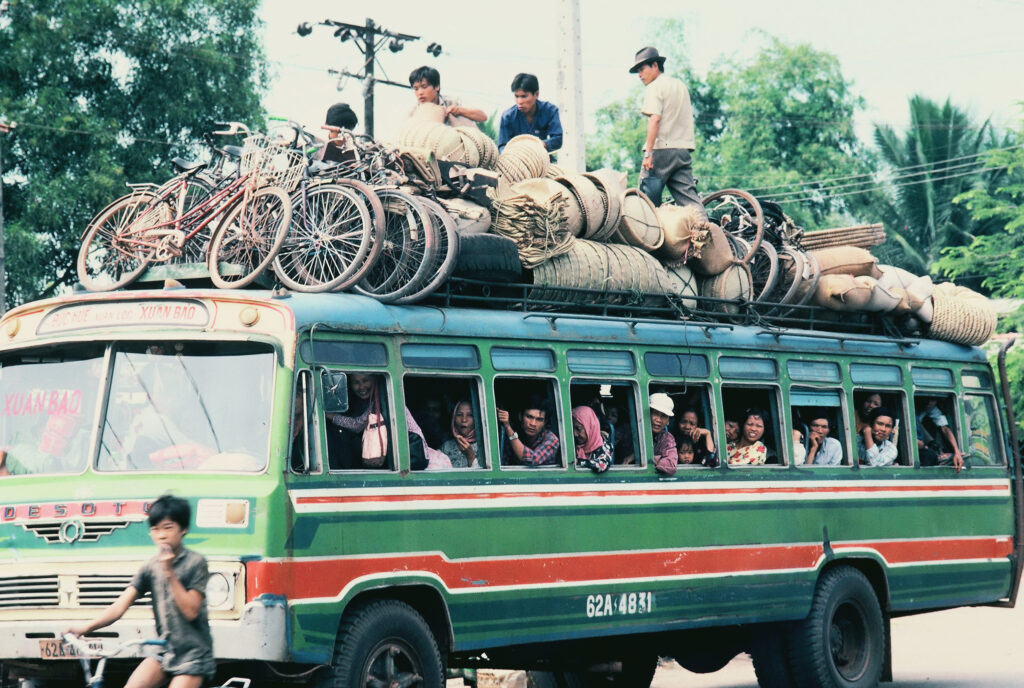
Countless bridges and road and transport systems were destroyed in Viet Nam by US bombs, creating for decades afterwards severe challenges in transportation and medicine.
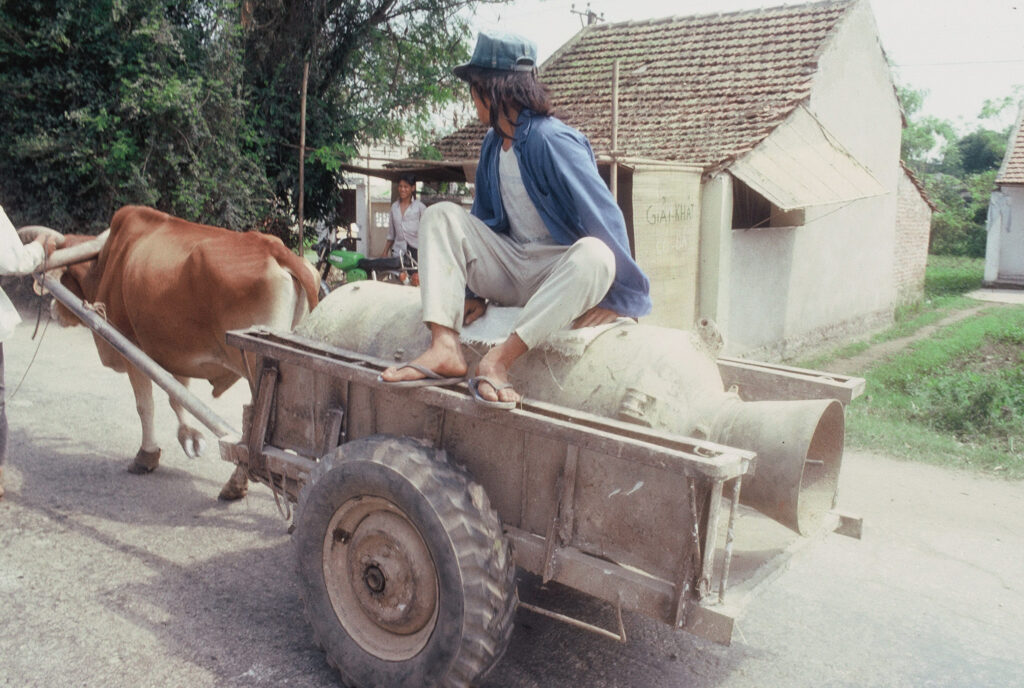
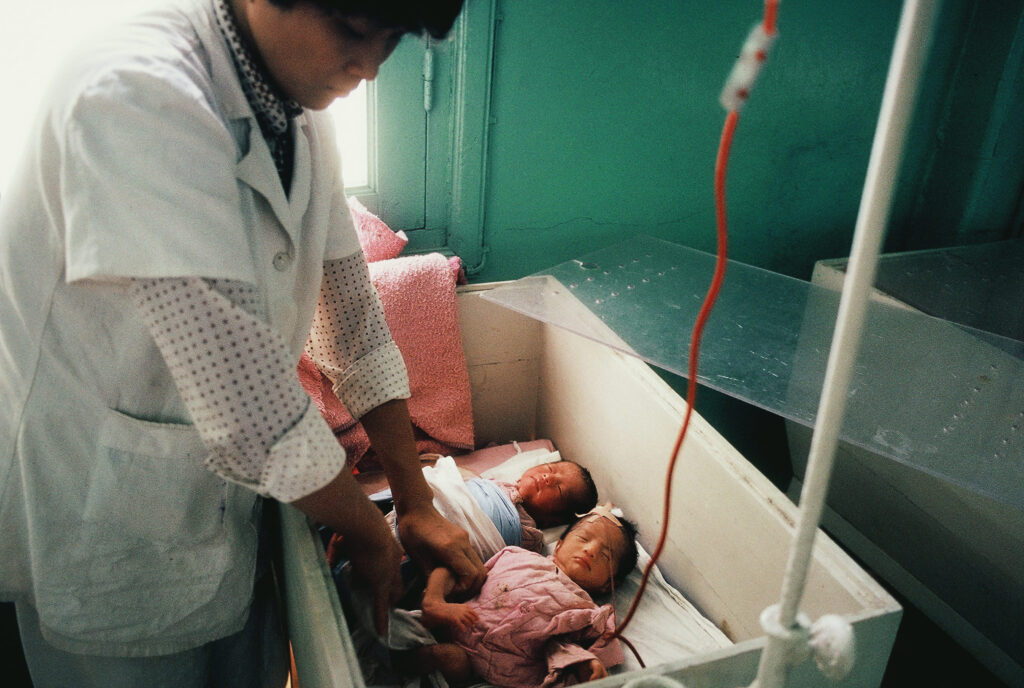

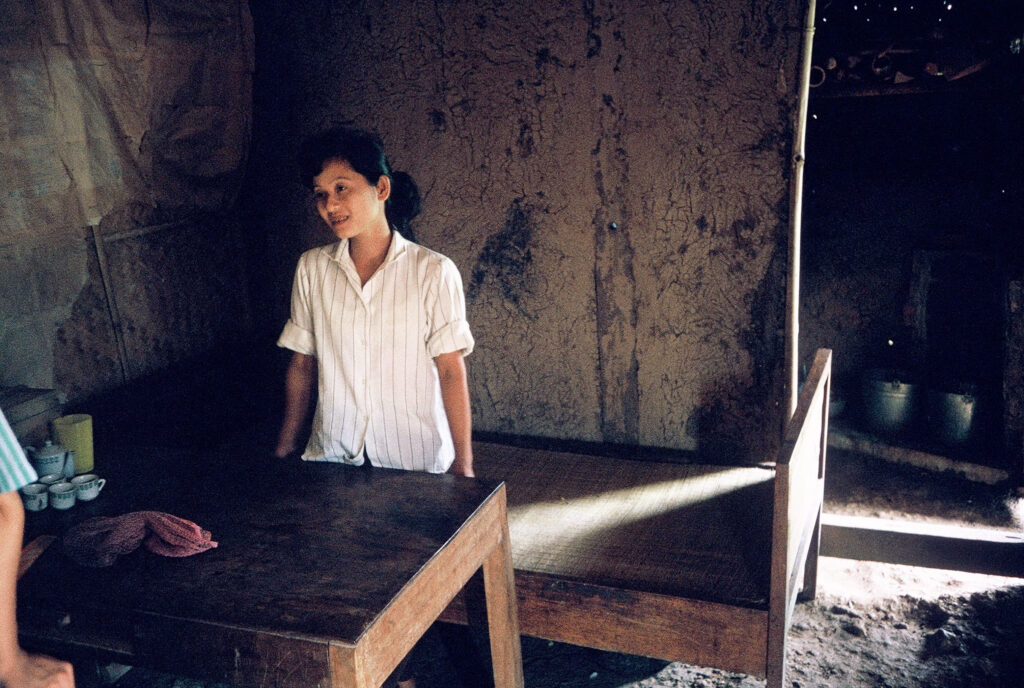
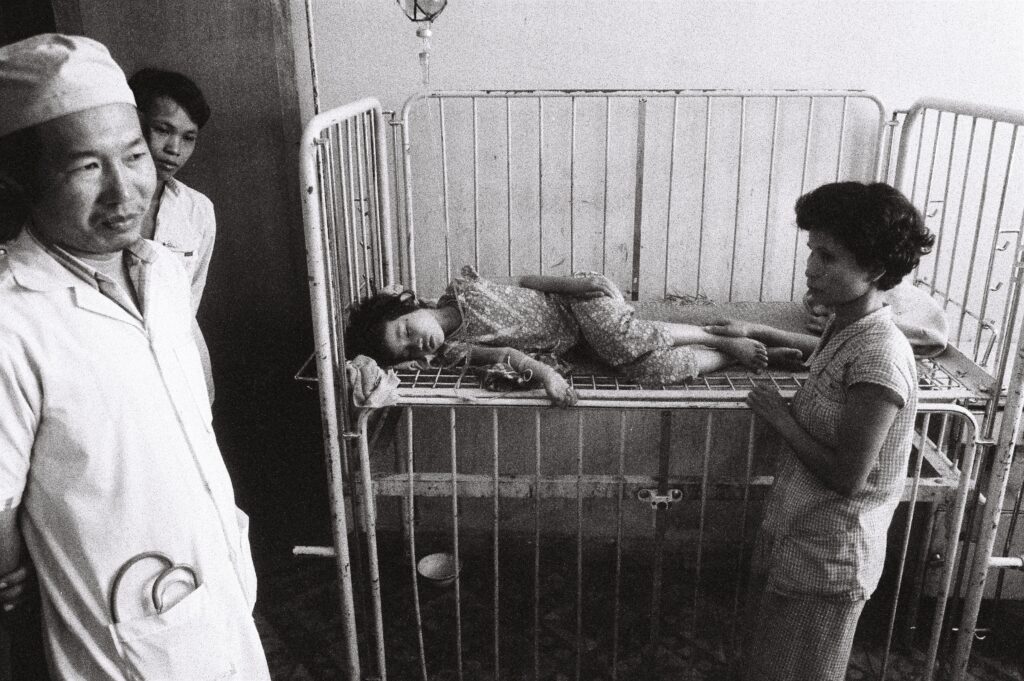
The rocket engine of a Surface to Air (SAM) missile, dug up in a rice field, is transported by ox cart to be recycled.
Many types of medicine were unavailable or out-dated or fake, leading to huge health problems, as shown here, in the north, south and central regions of Viet Nam.
4. U.S. war in Laos / aftermath
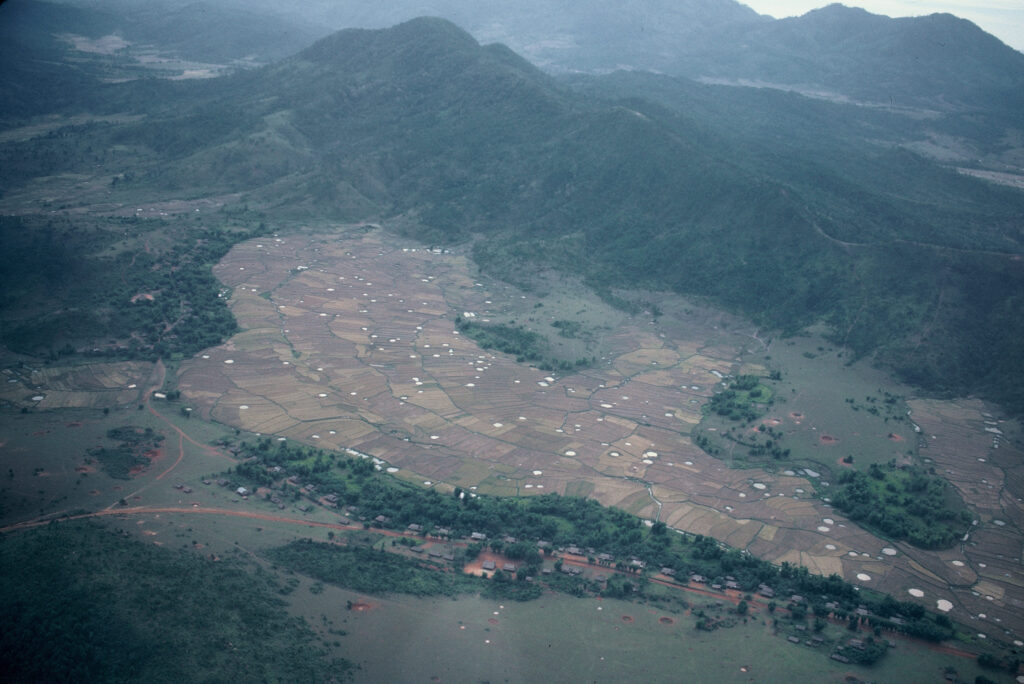
US bomb damage
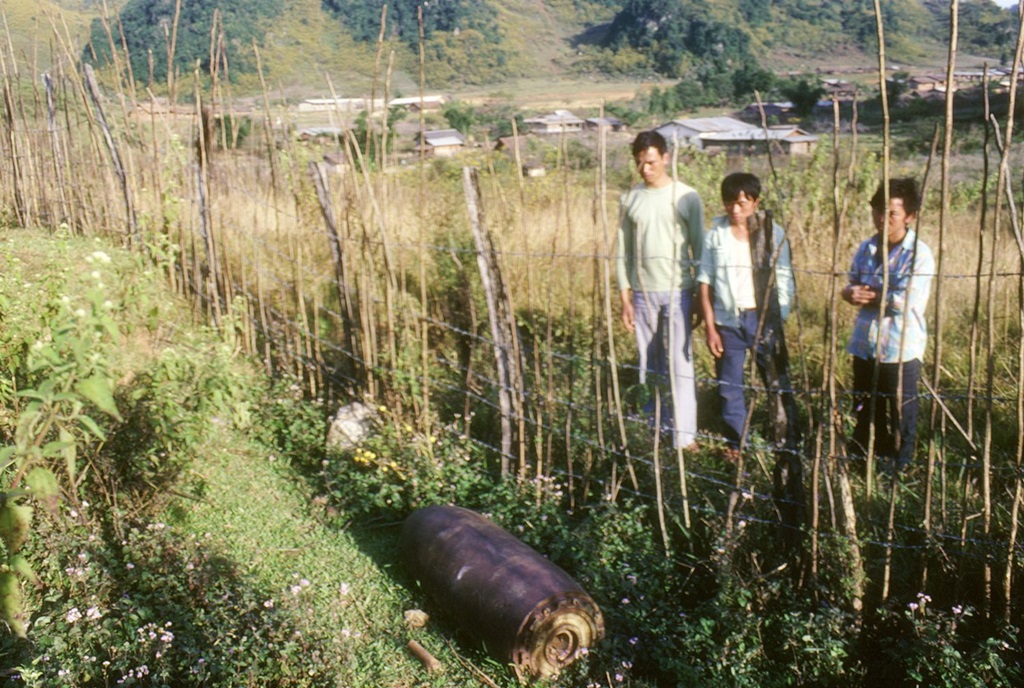
1
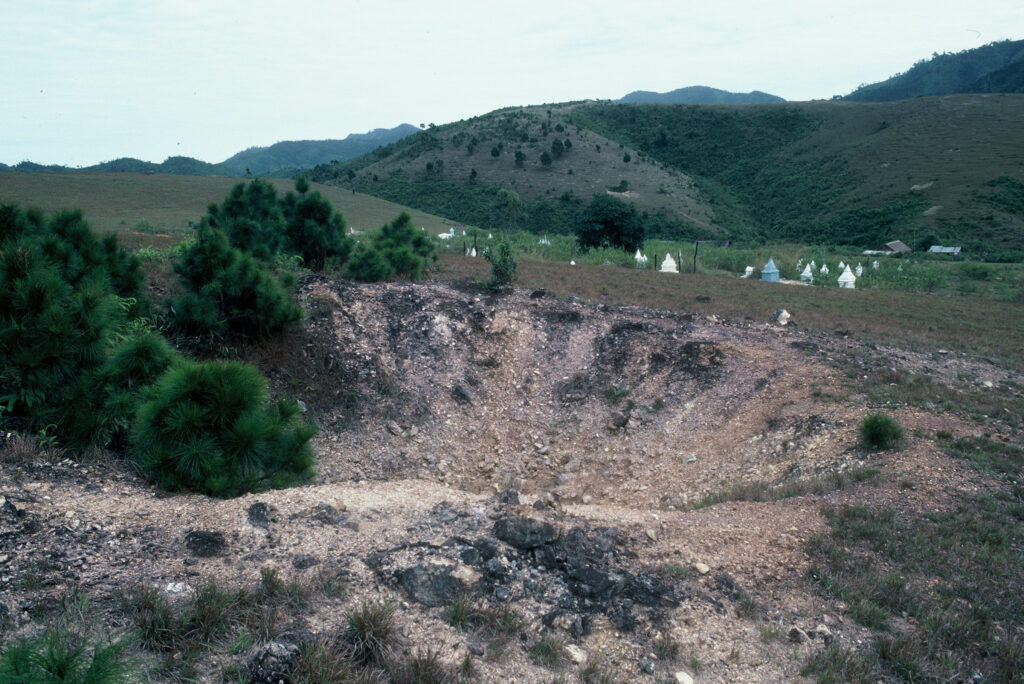
US bomb damage
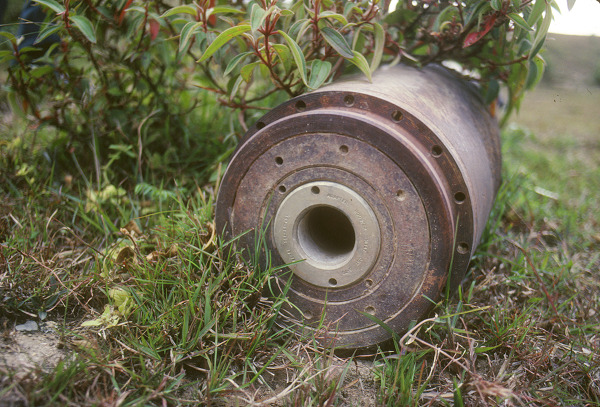
2
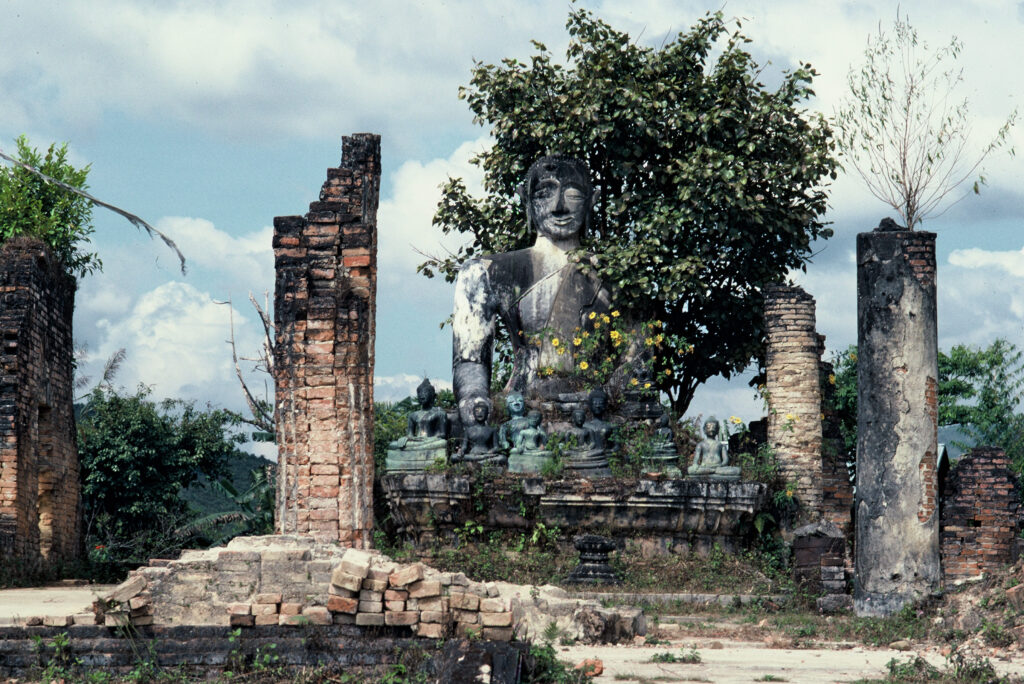
US bomb damage
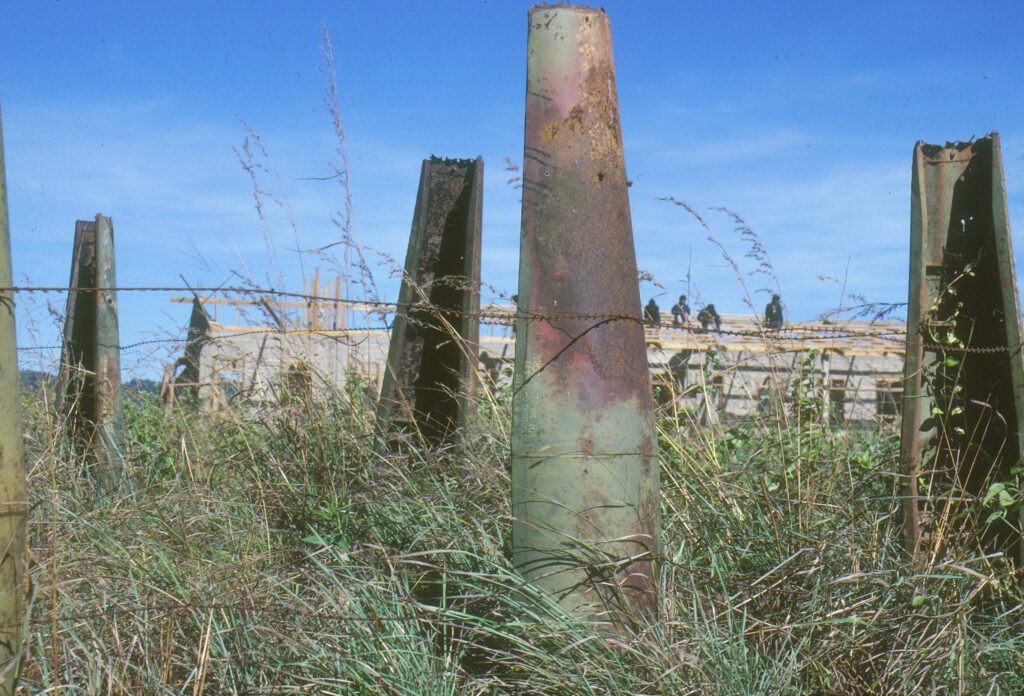
3
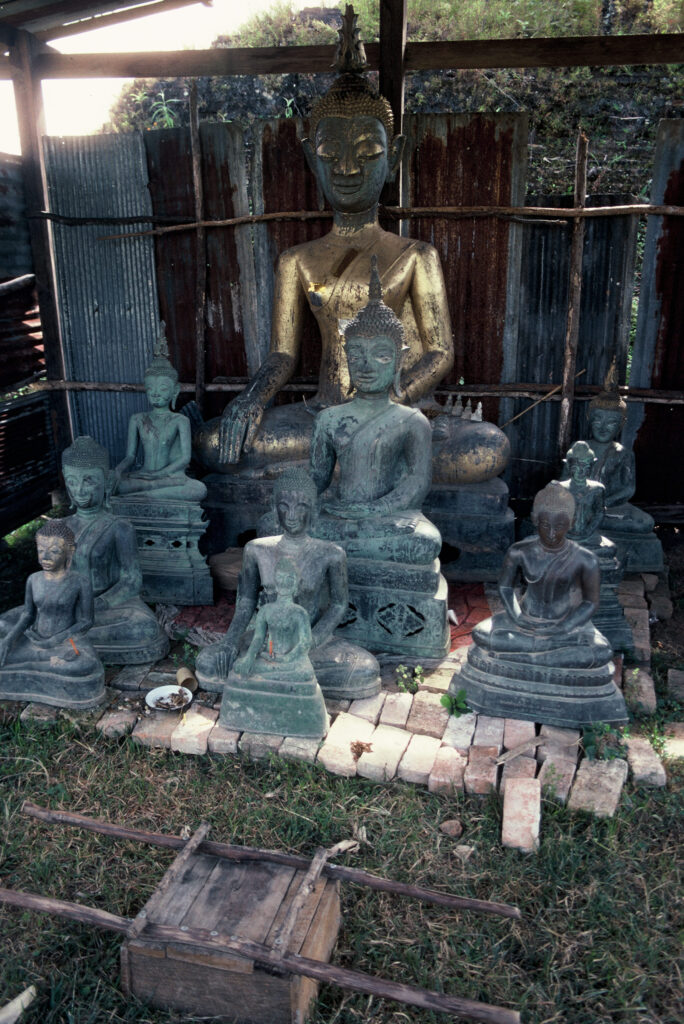
US bomb damage
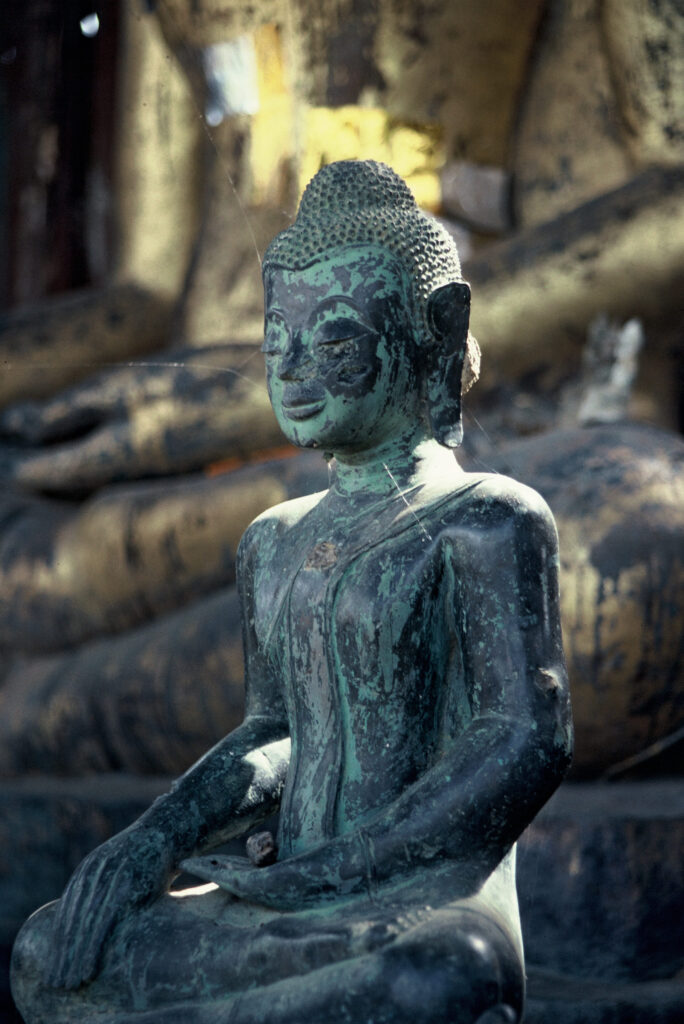
US bomb damage
Boarding students plan to expand their school garden is halted by discovery of an unexploded US bomb.
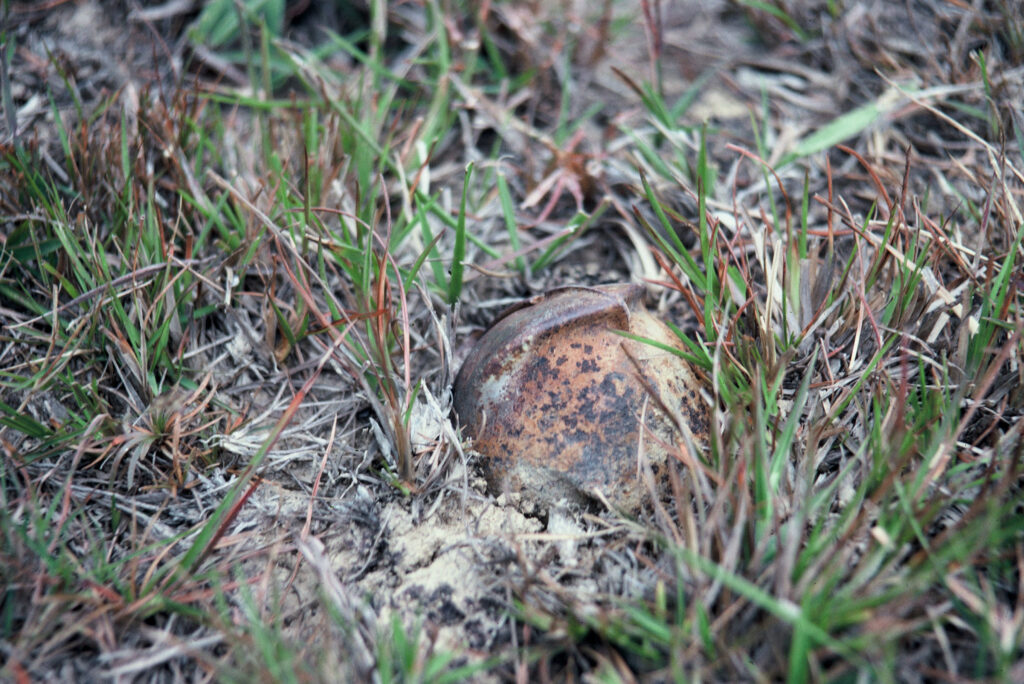
6
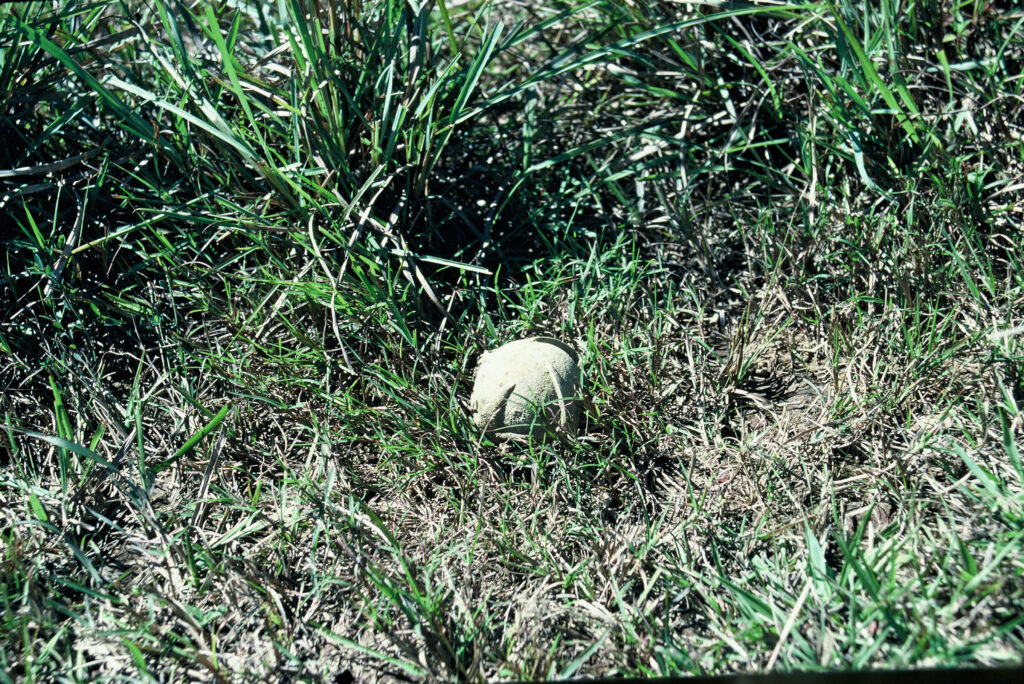
7

9
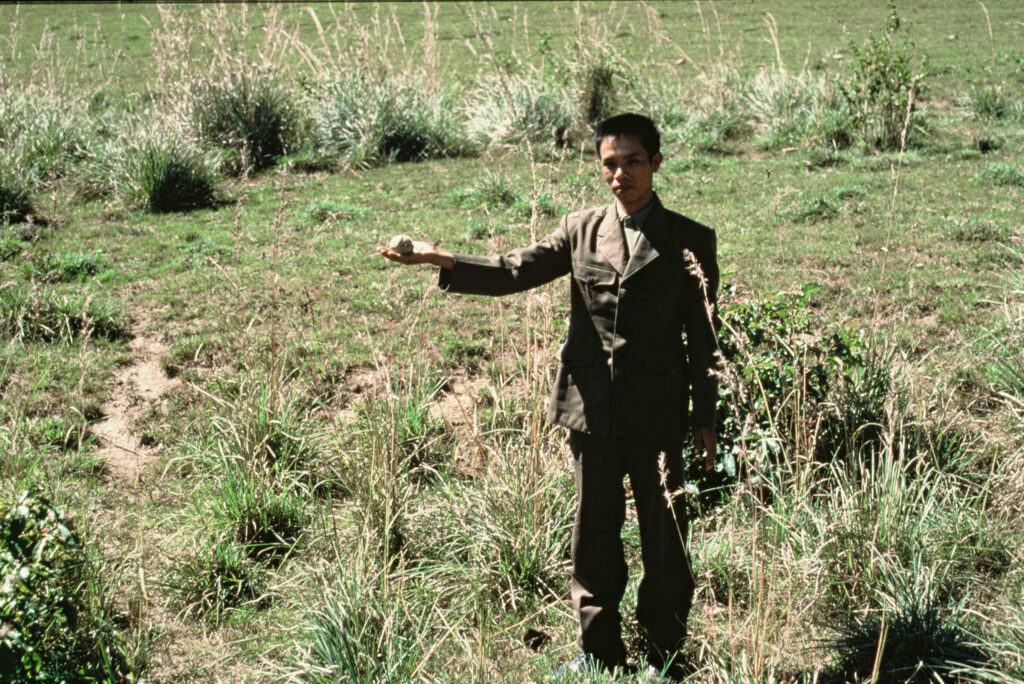
10
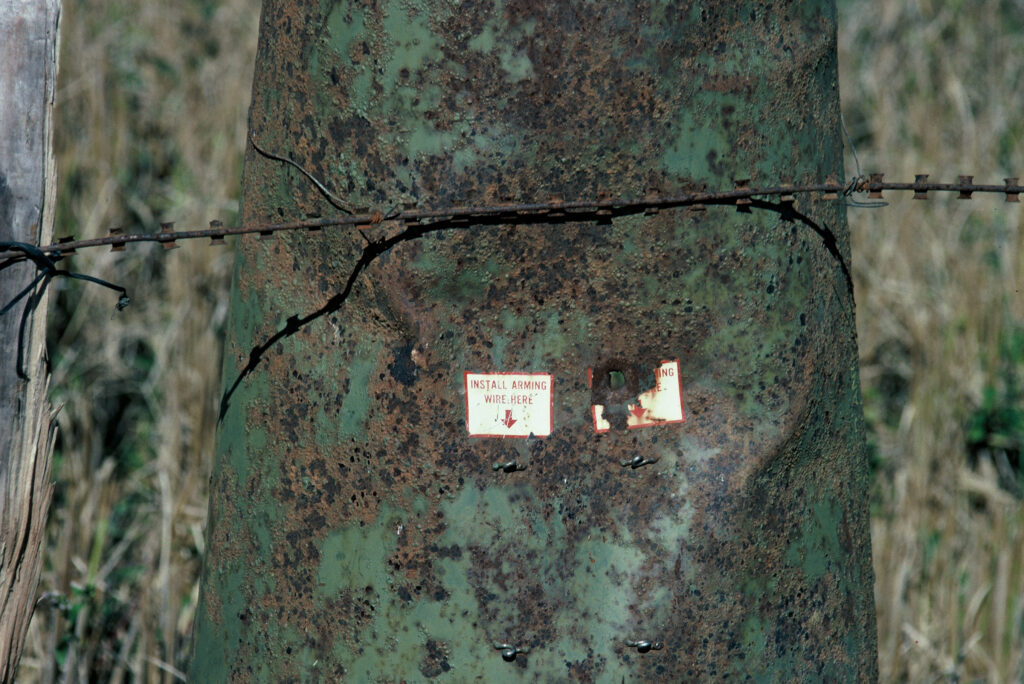
11

13
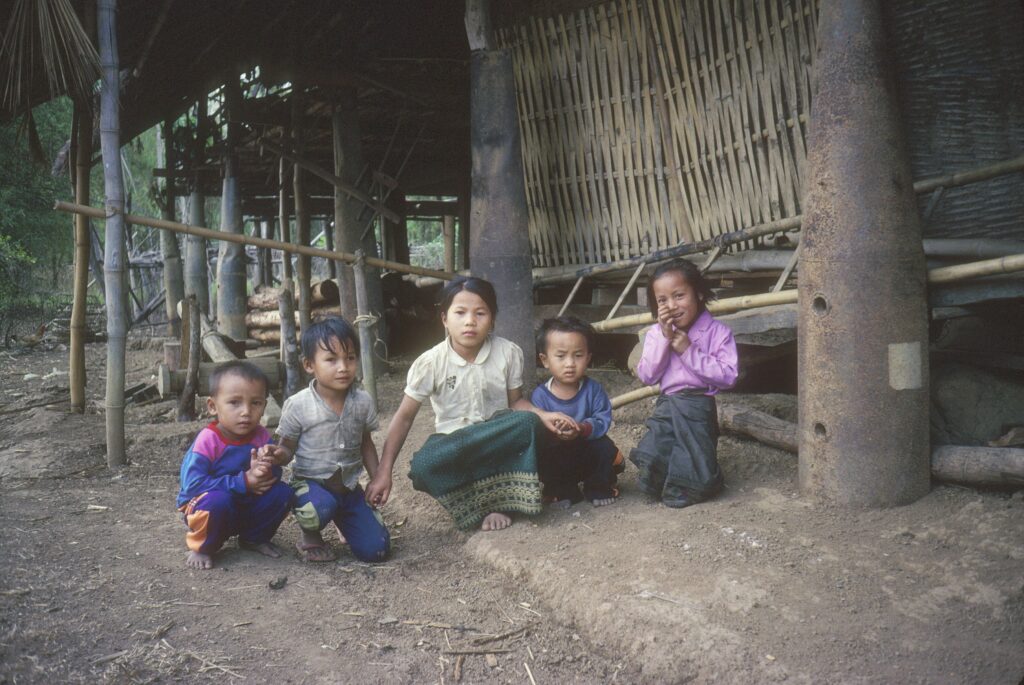
12

14
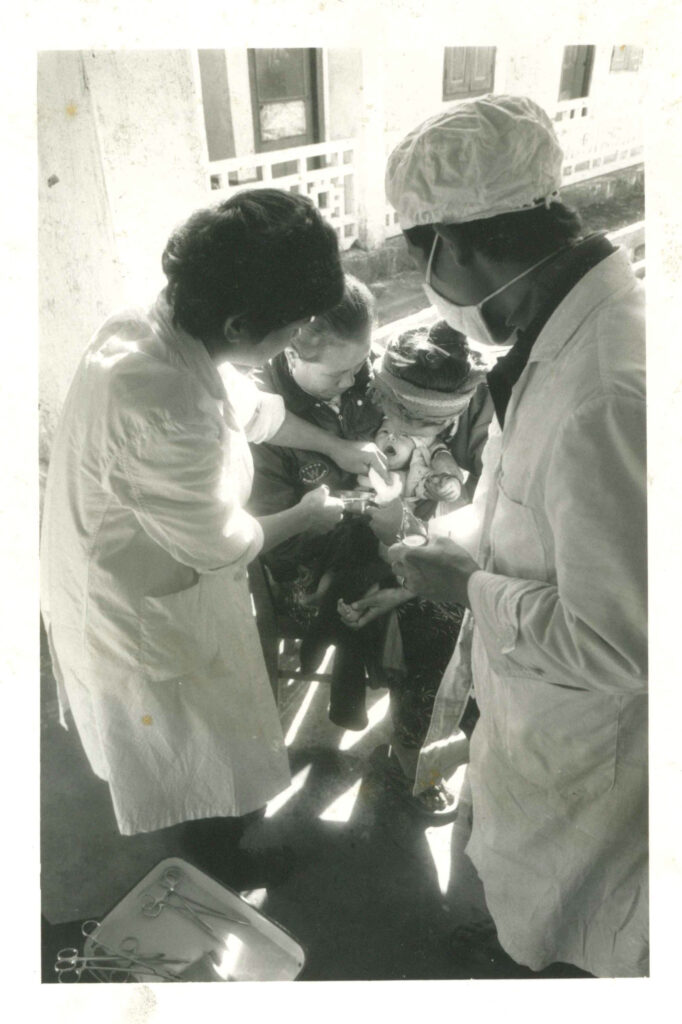
In a local district hospital in northern Laos, a surgery is performed on and infant's wound outdoors to use sunlight as there was no electricity on this day.
A "bombie" (US cluster bomb), like those that wounded the children below and thousands of other Laotians.
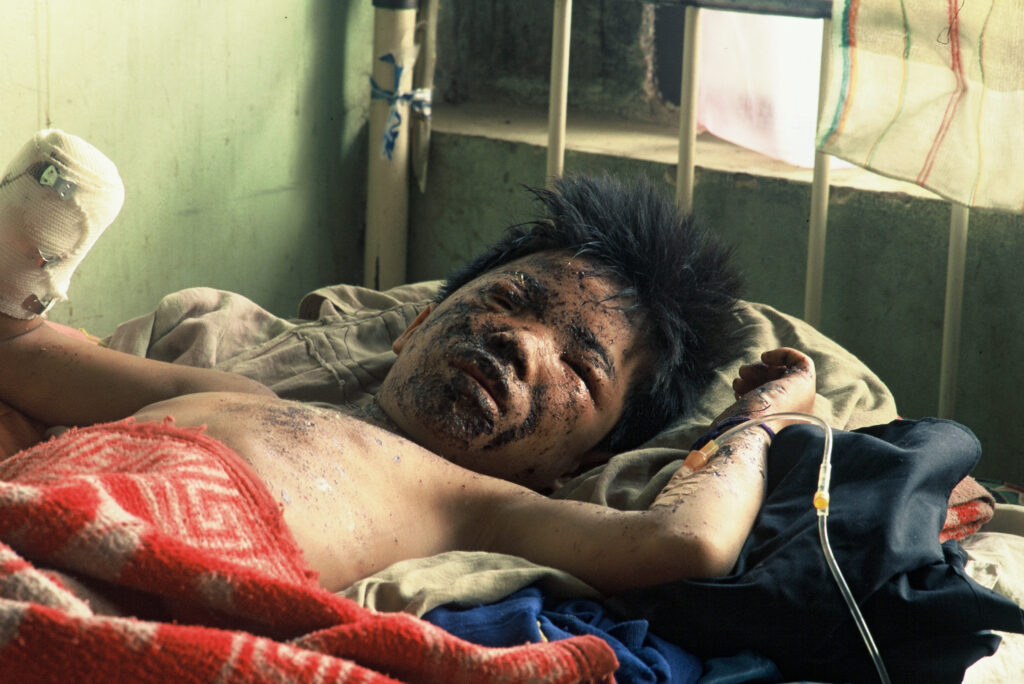
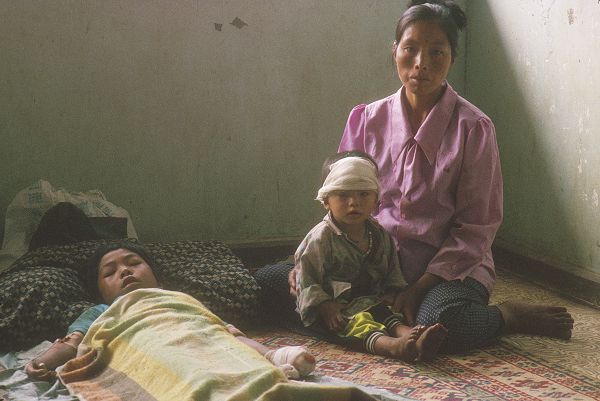
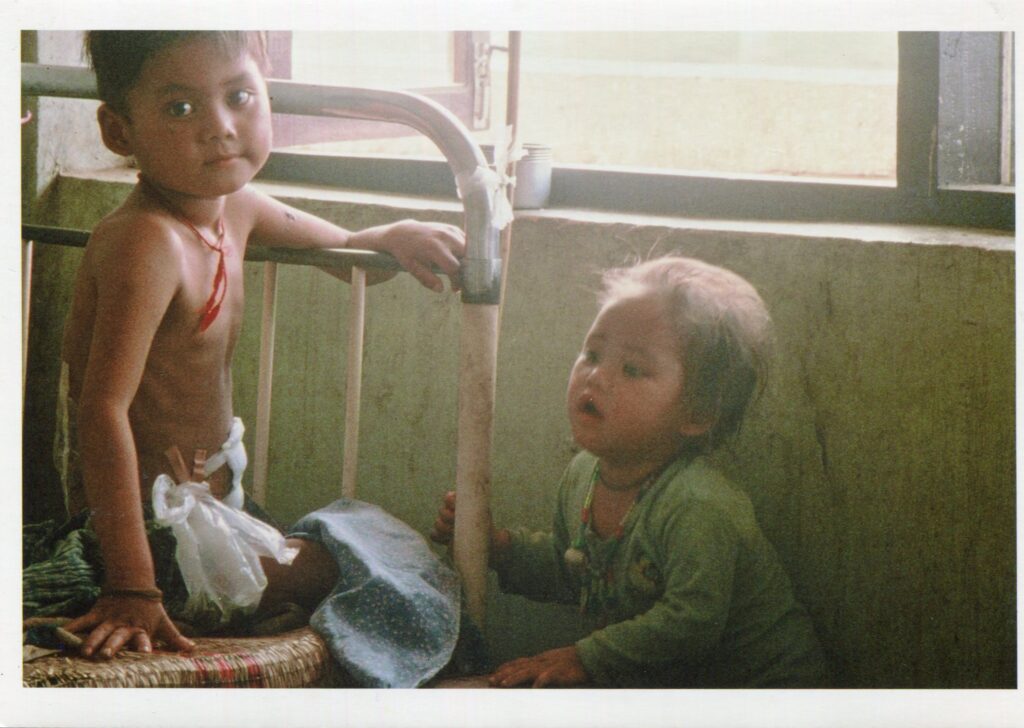
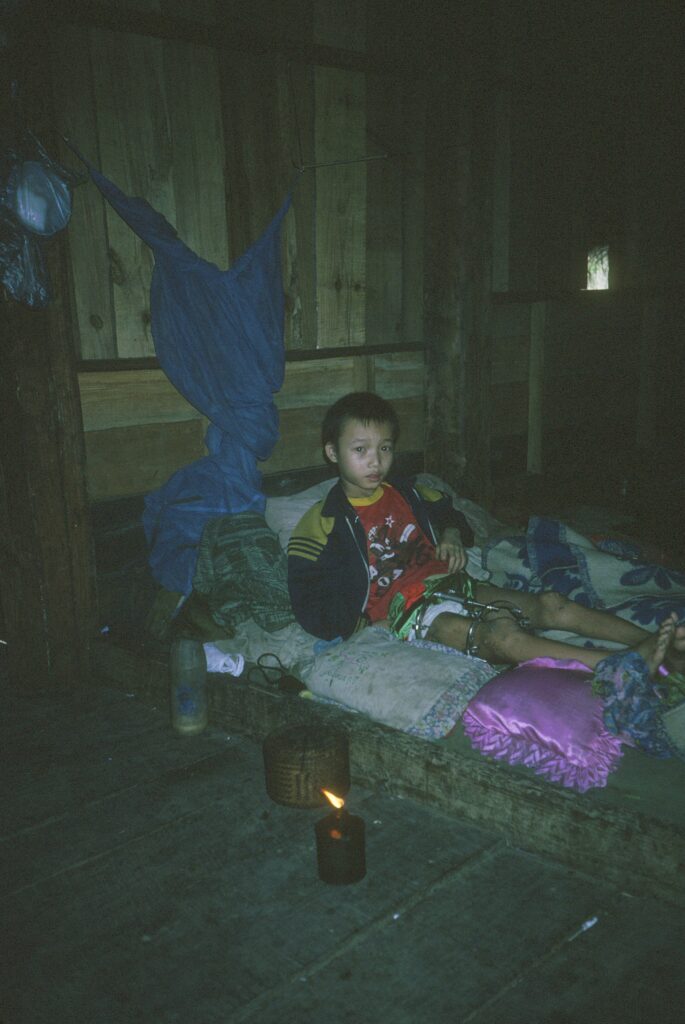
Children who were wounded by US UXO (Unexploded Ordanance) in northern Laos, a 13-year-old lost his hand and was blinded by shrapnel; two youngsters received head wound and had fingers amputated by playing with the bombs, and a boy was severely wounded in the abdomen.
5. U.S. war in Cambodia / aftermath
Map shows attack sites of US "Secret Bombing" of Cambodia, images show the conditions in the countryside, children washing out plastic bags to sell, a mosque in a Khmer refugee camp.
"Landmines that are scattered across the country have killed more than 64,000 people, while 25,000 amputees have been recorded since 1979, according to The Halo Trust." Source: https://www.bbc.com/news/world-asia-66491920
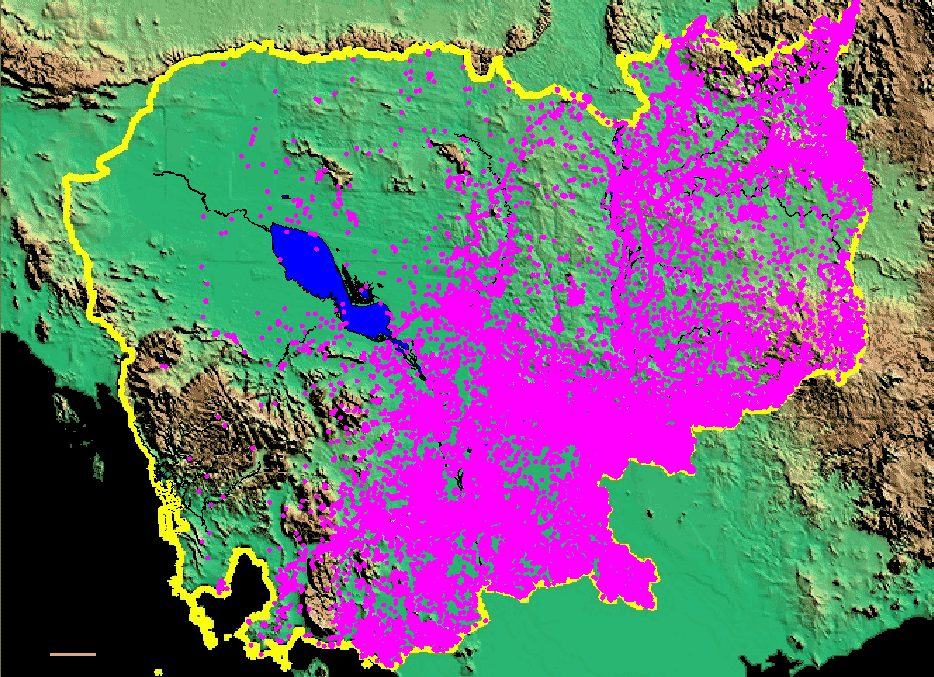
1
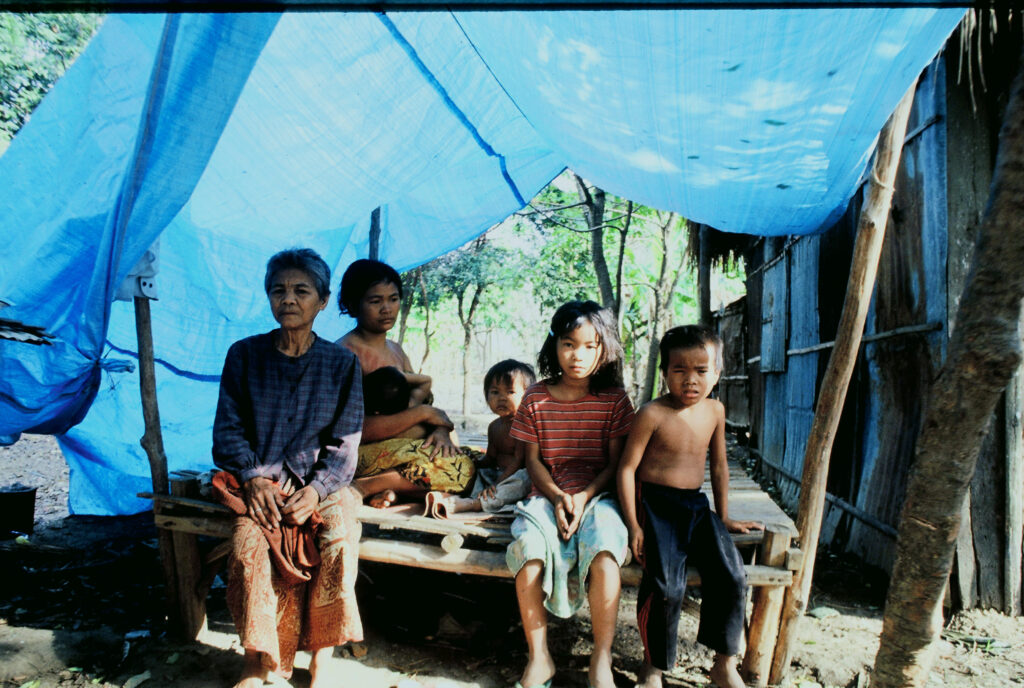
6
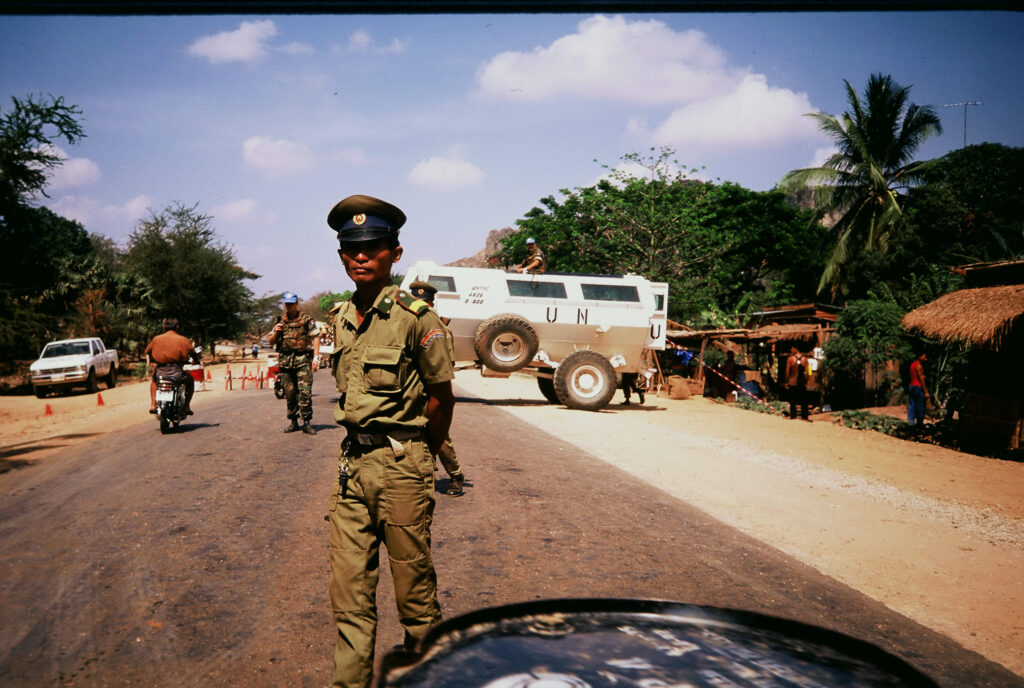
2
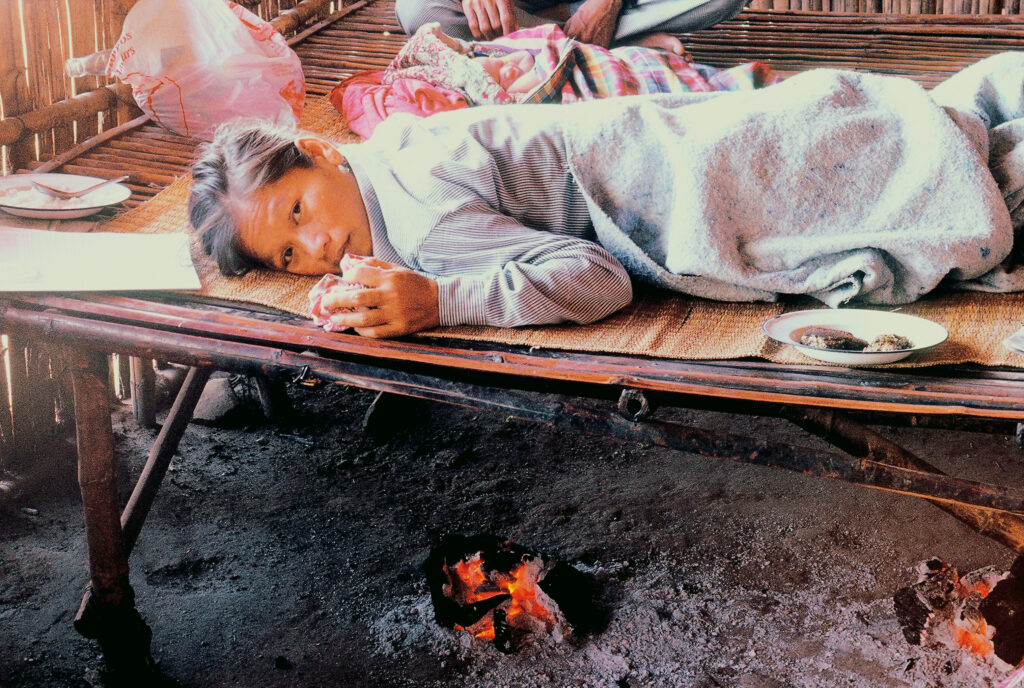
7
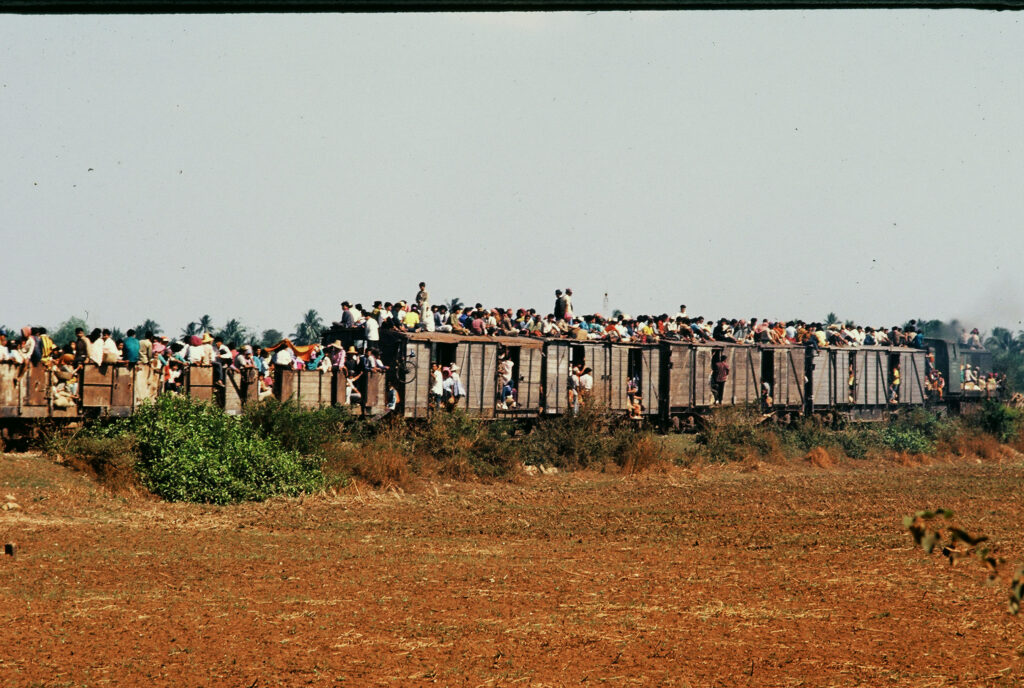
3
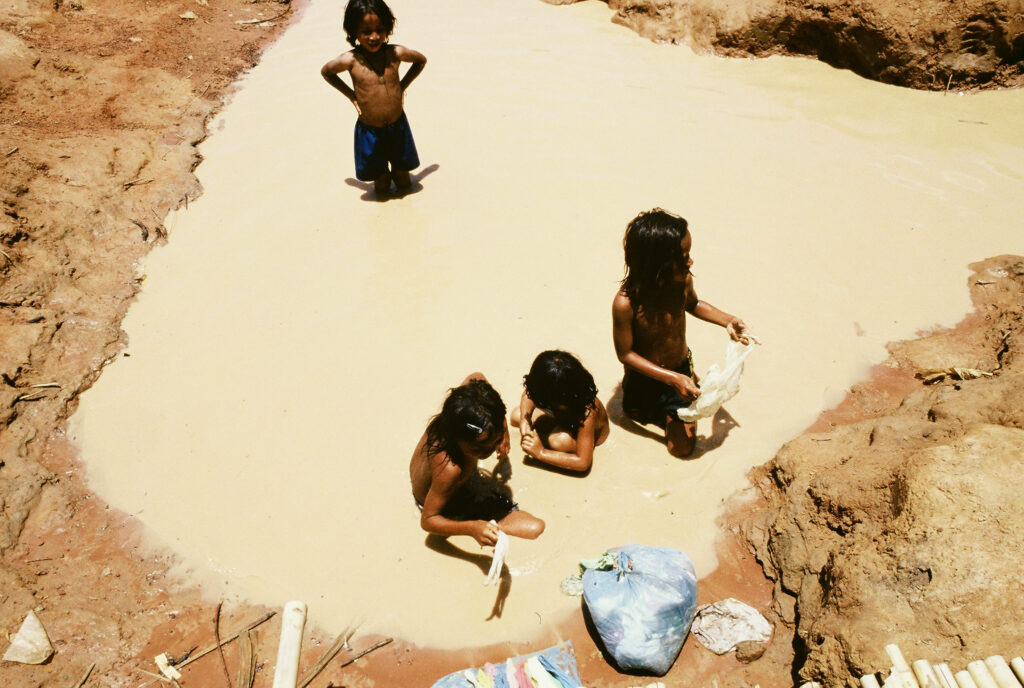
8
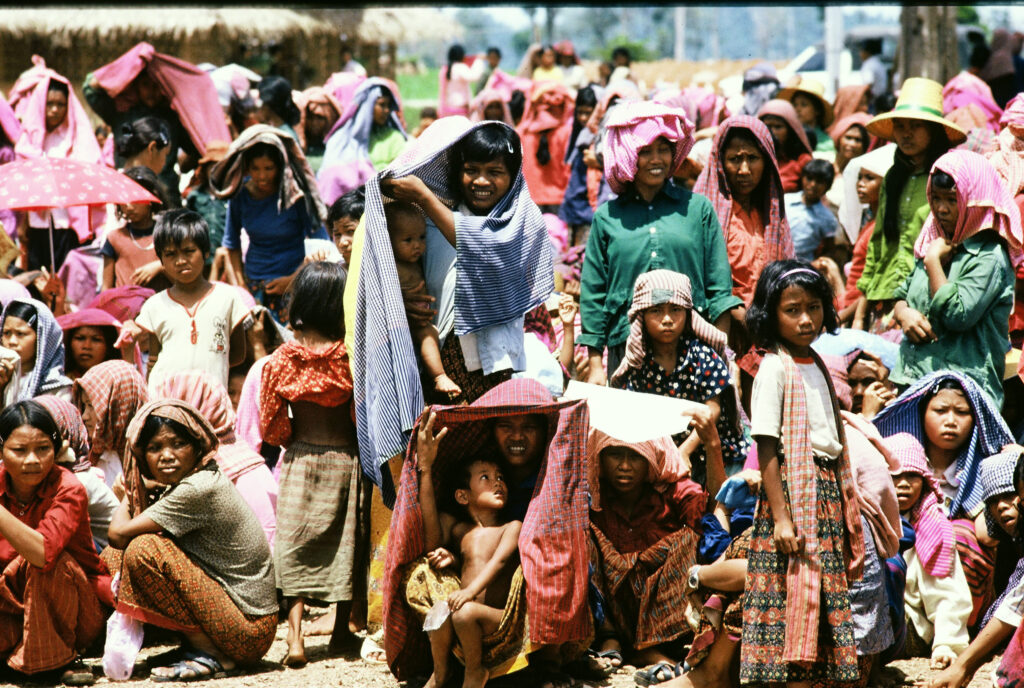
4

9
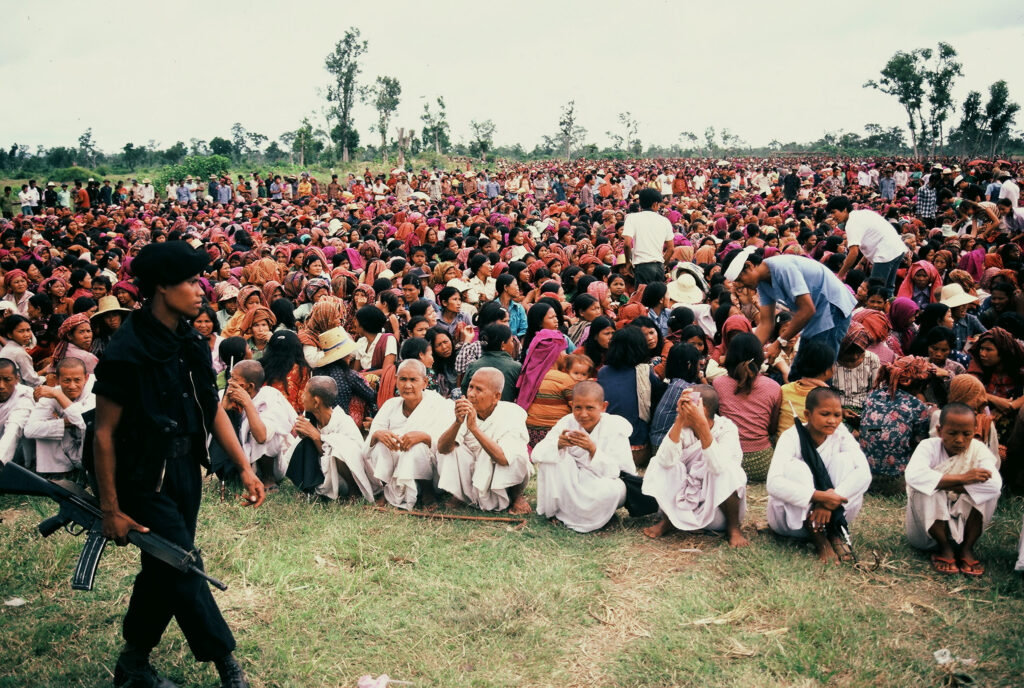
5
